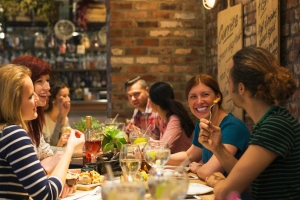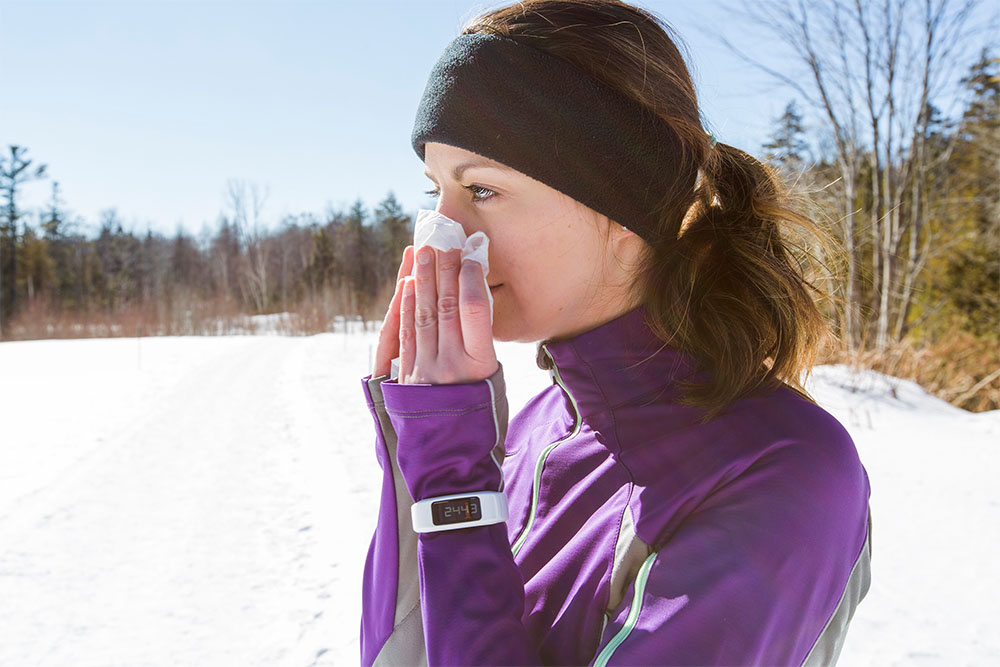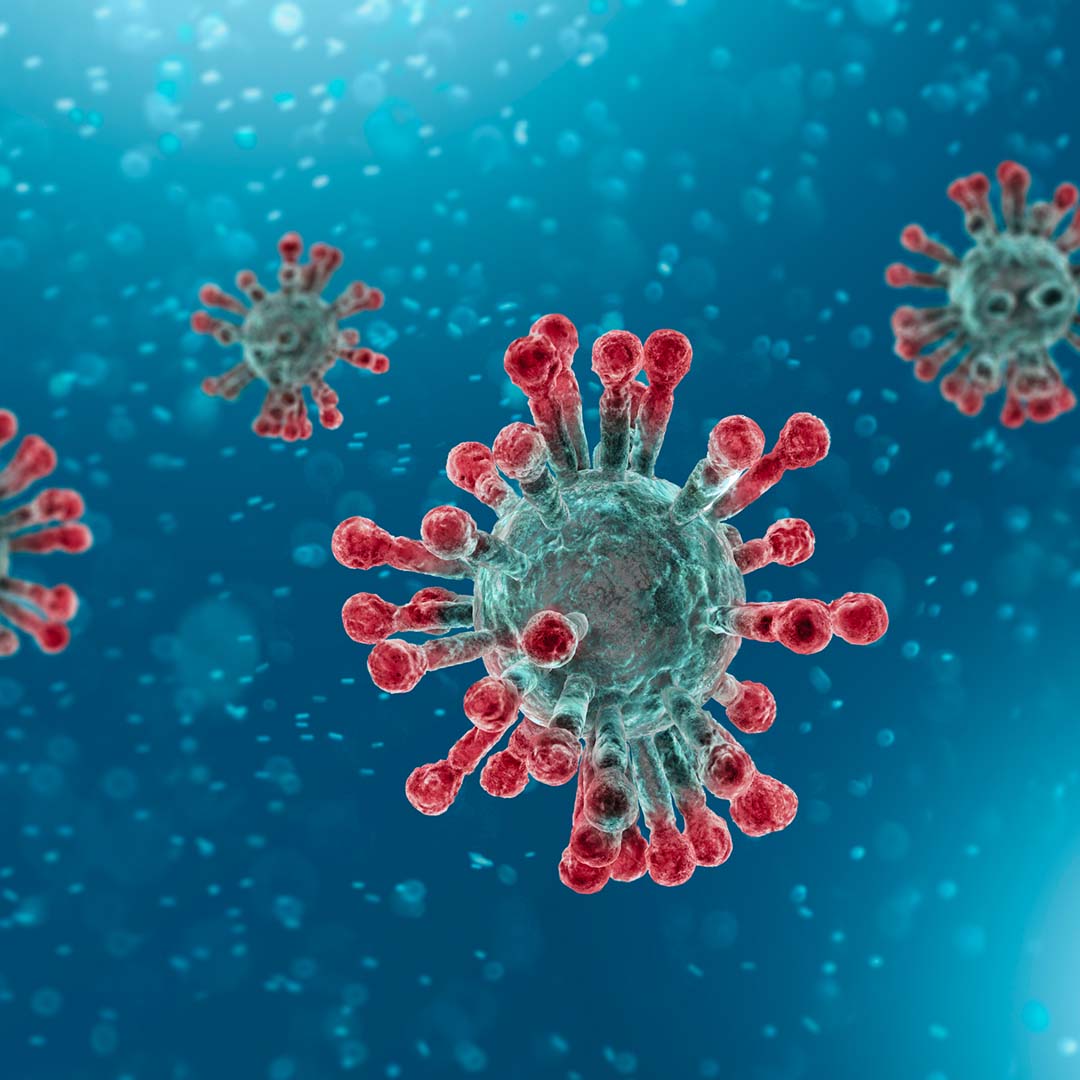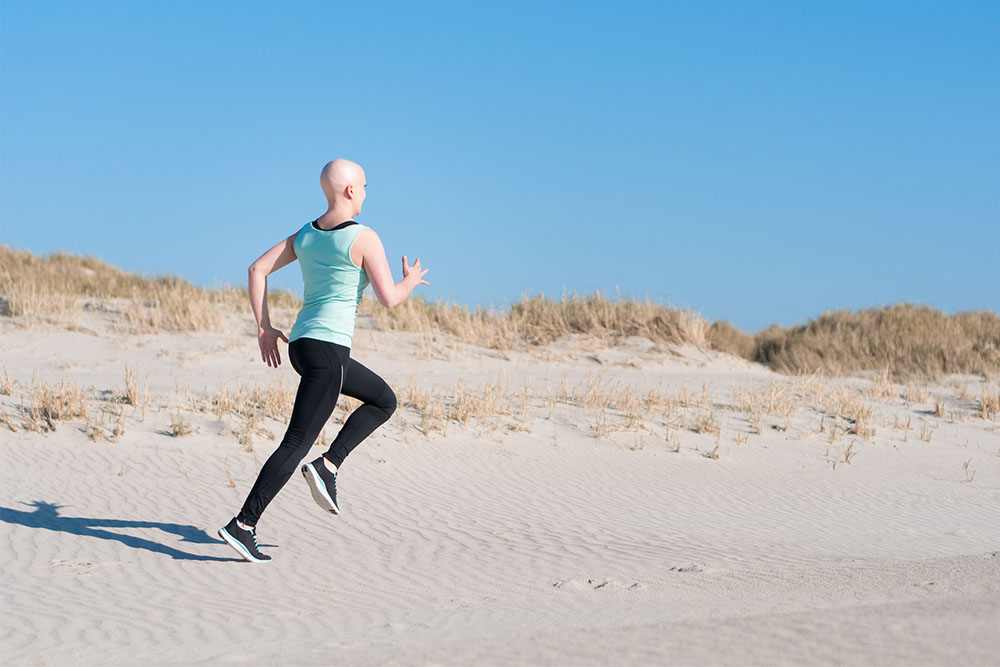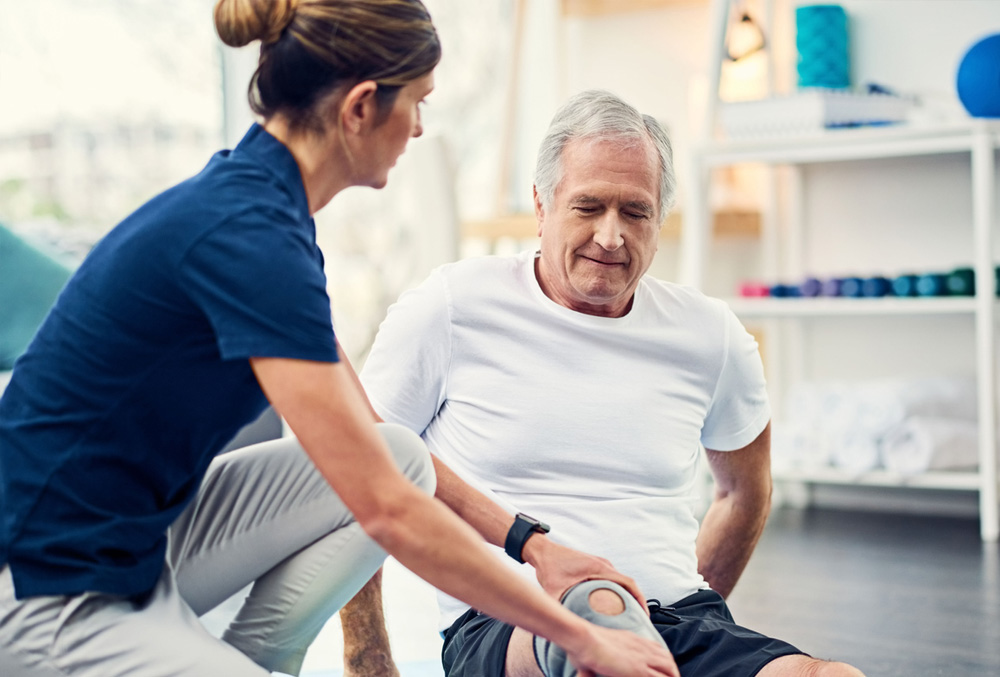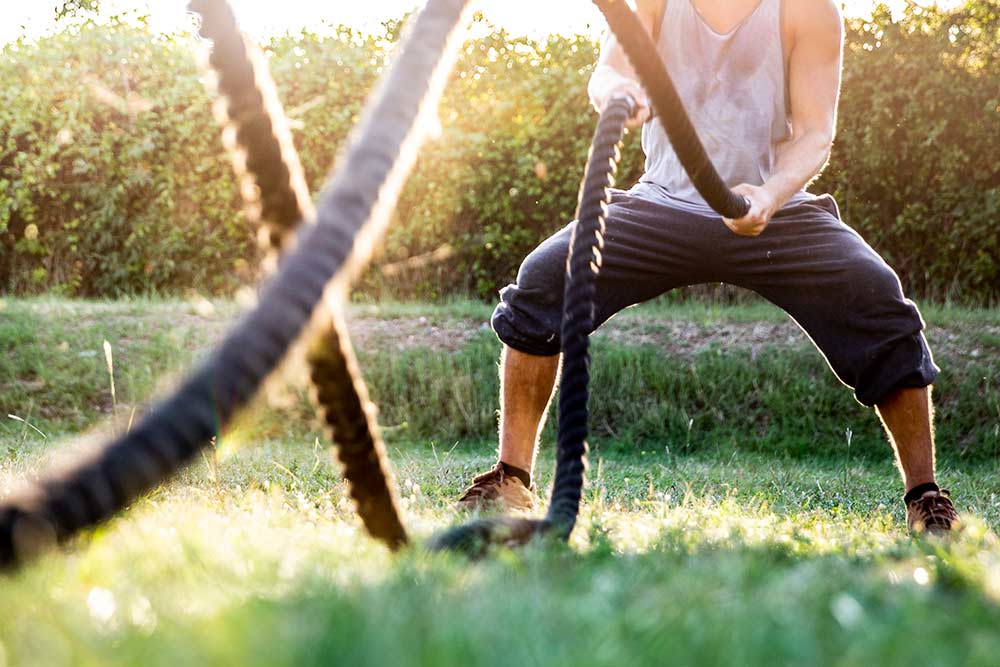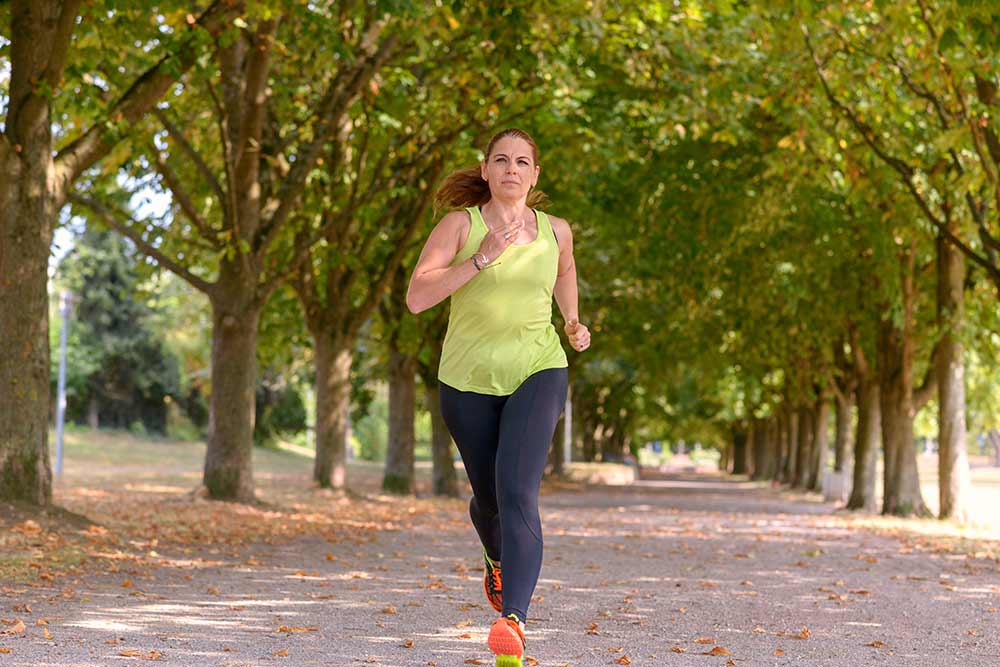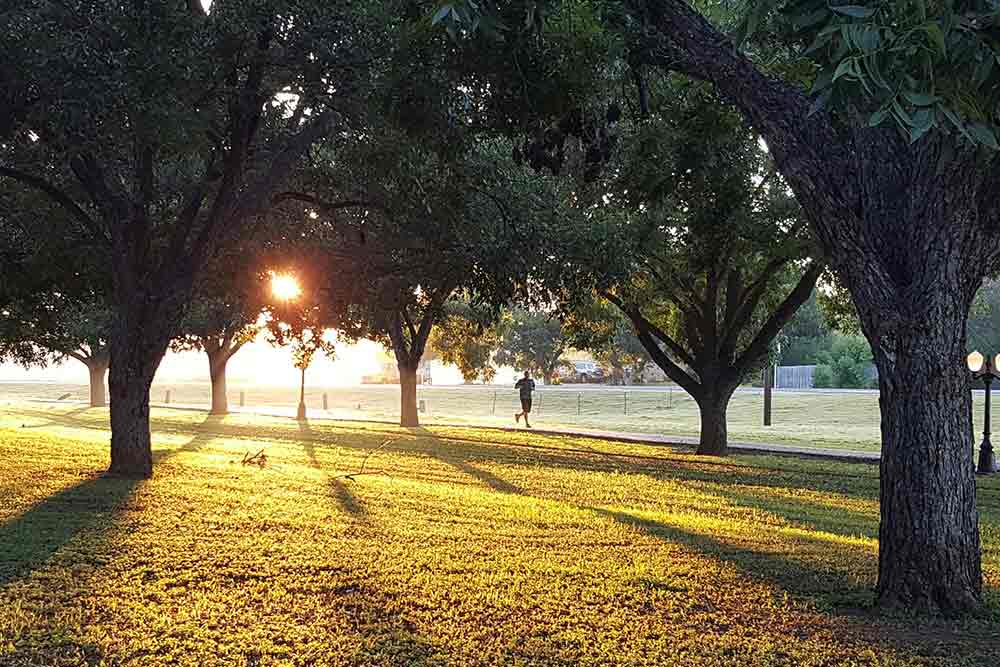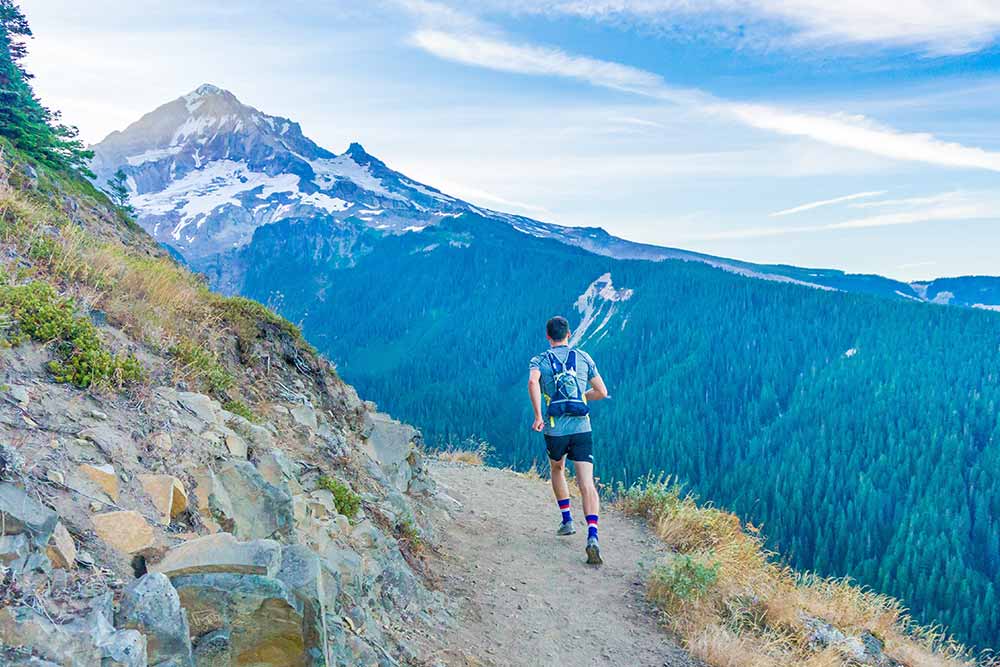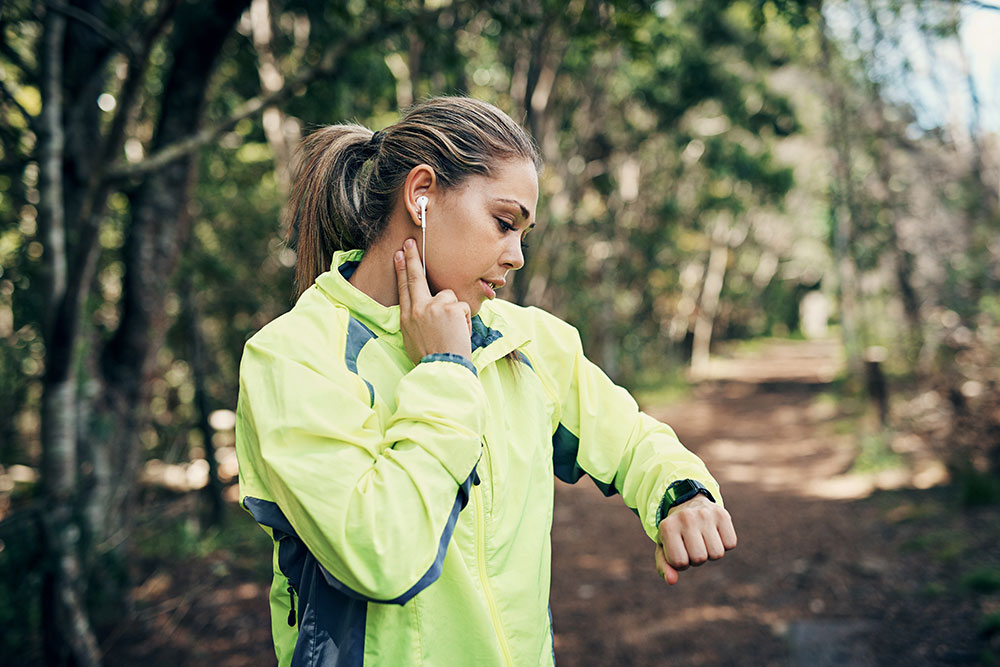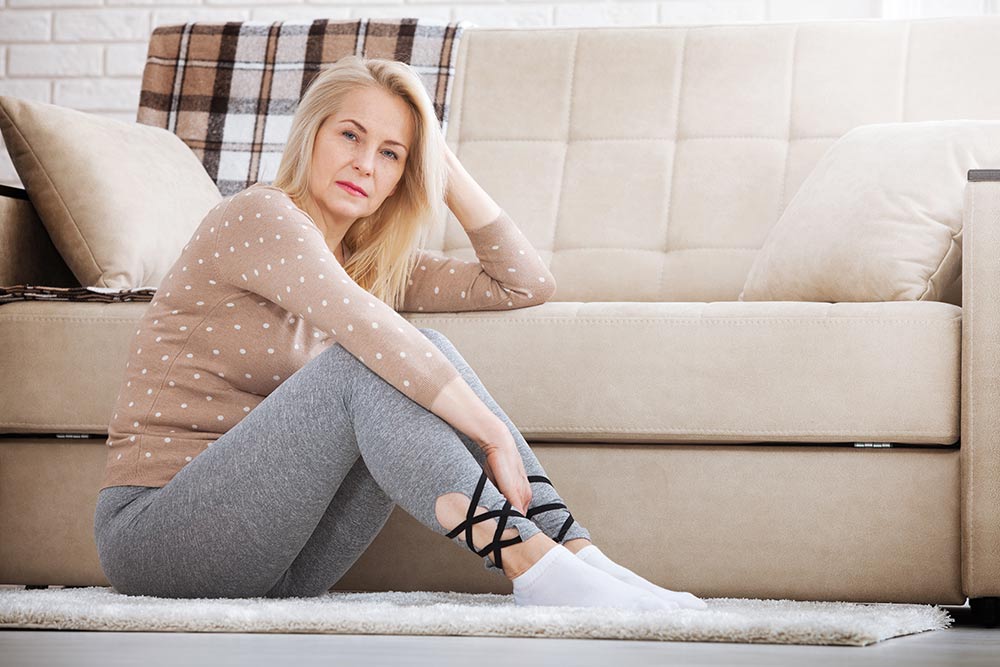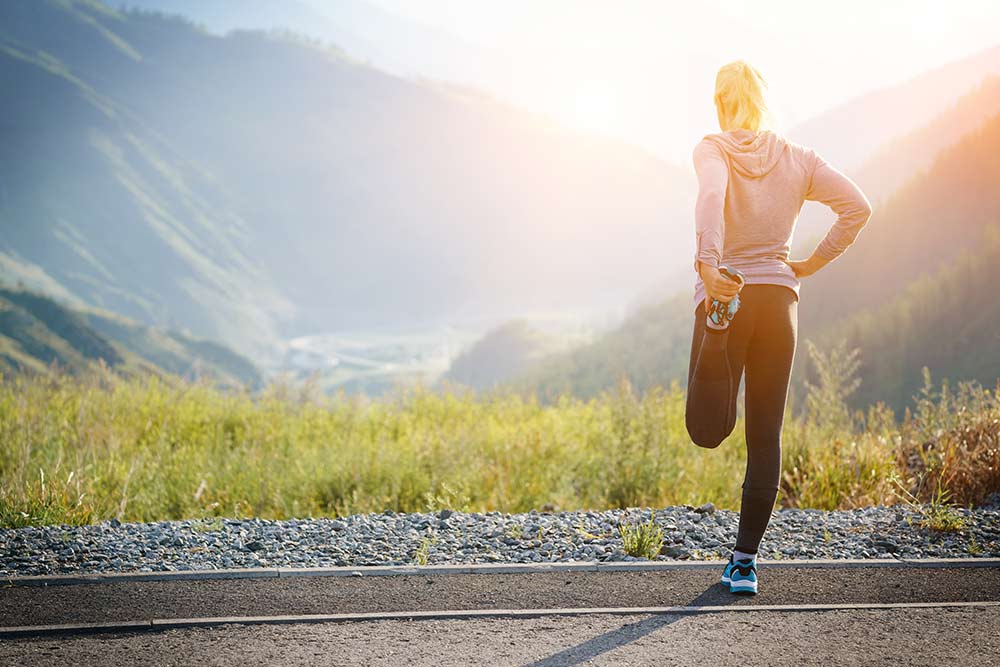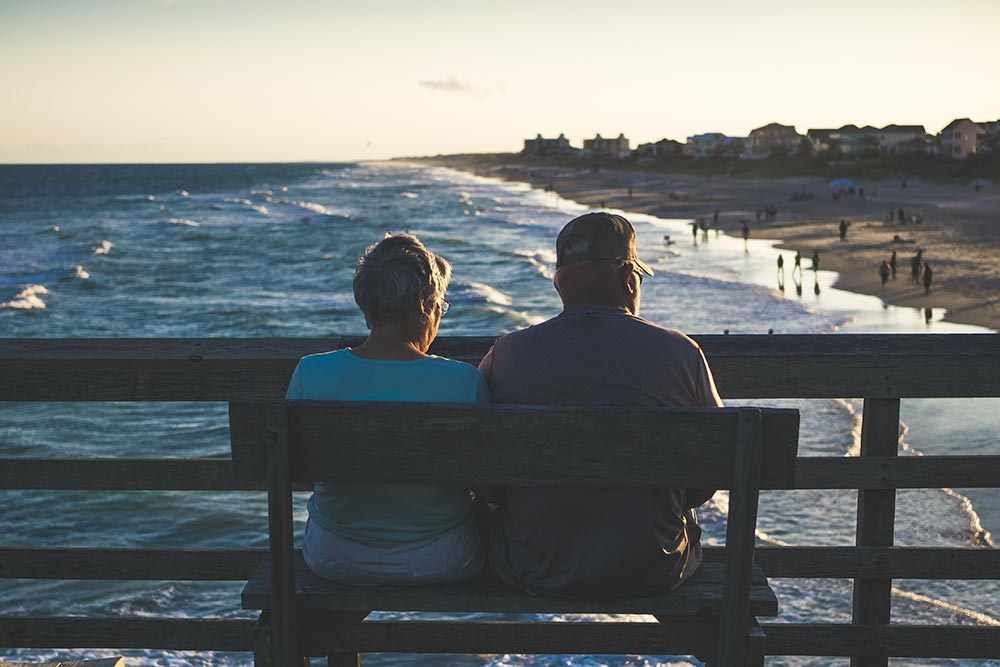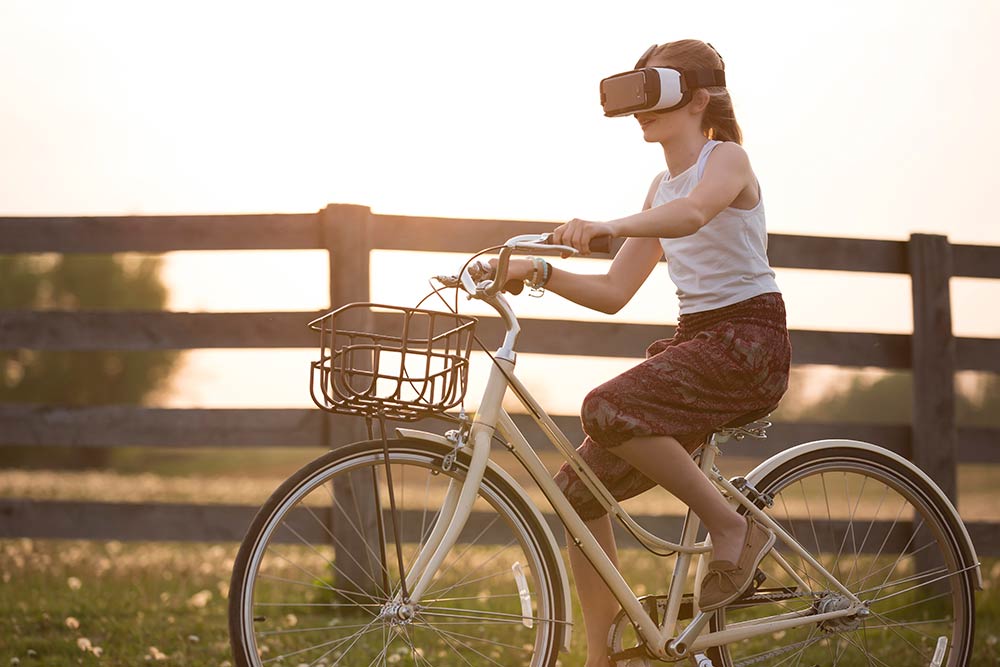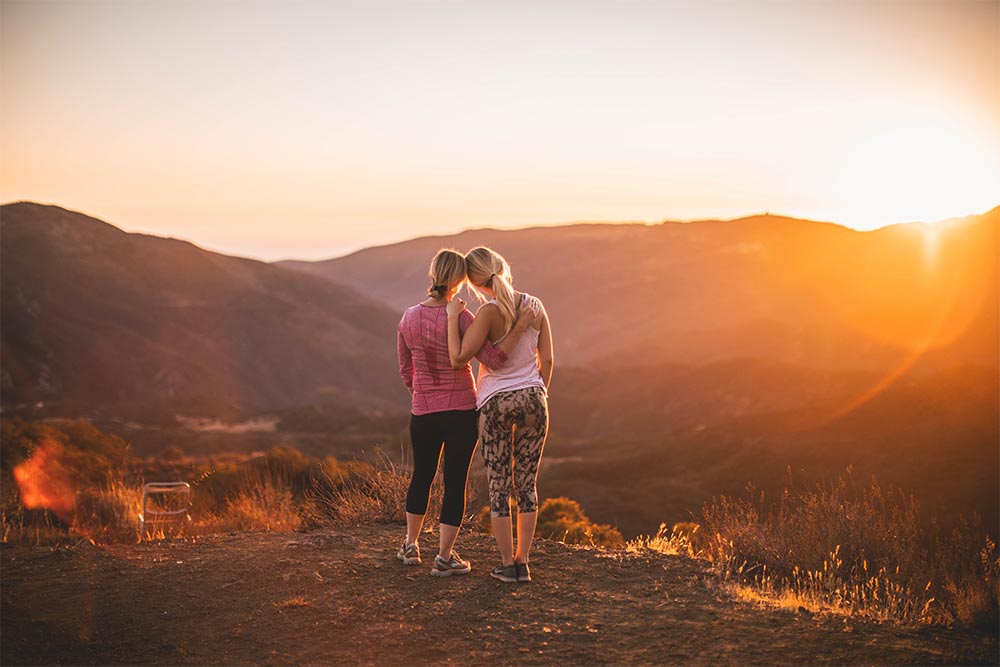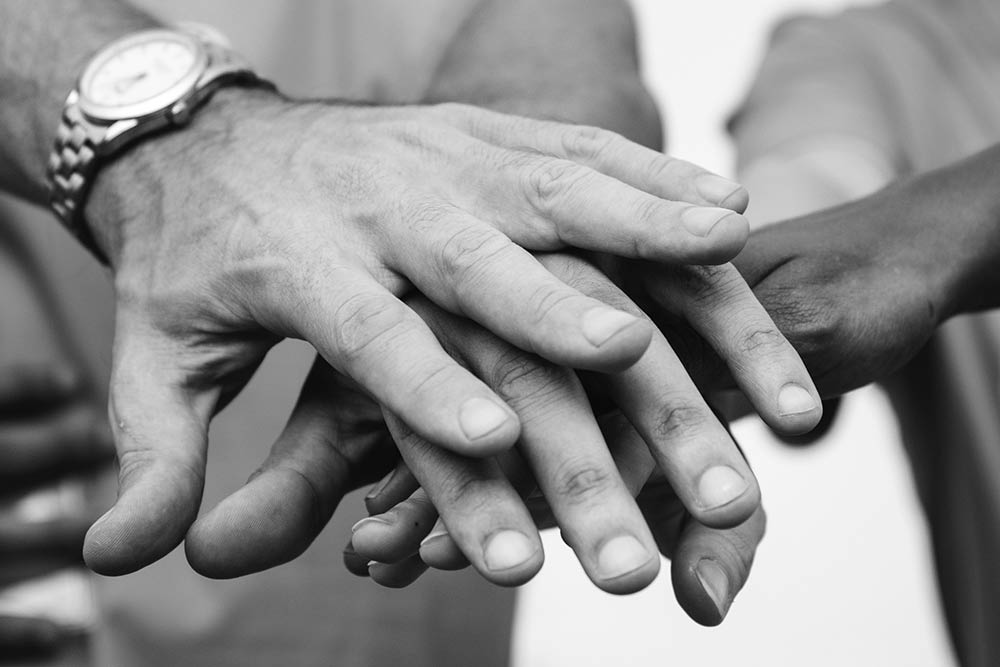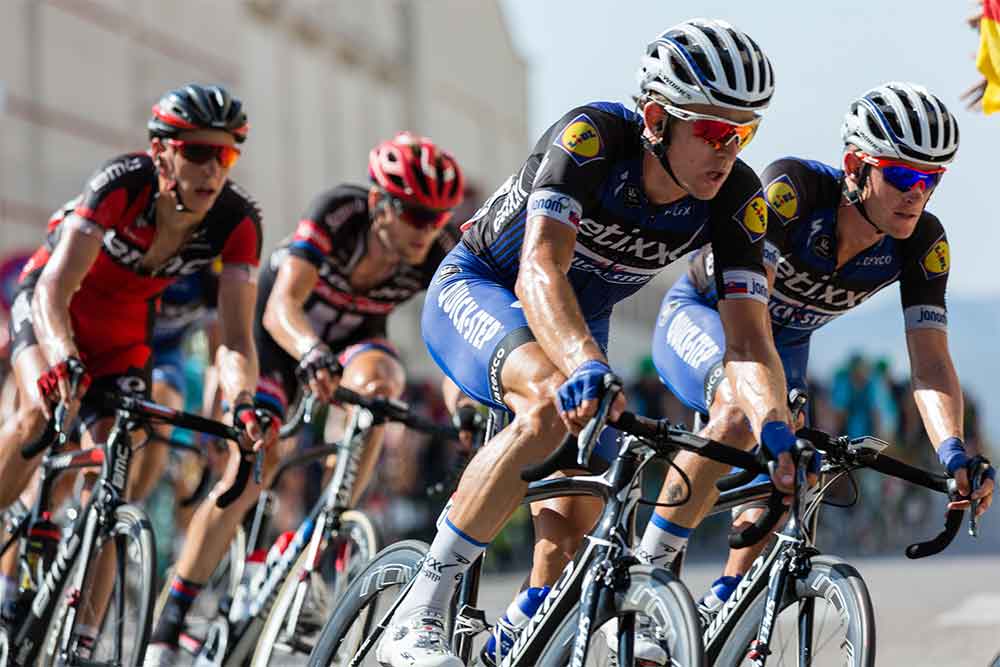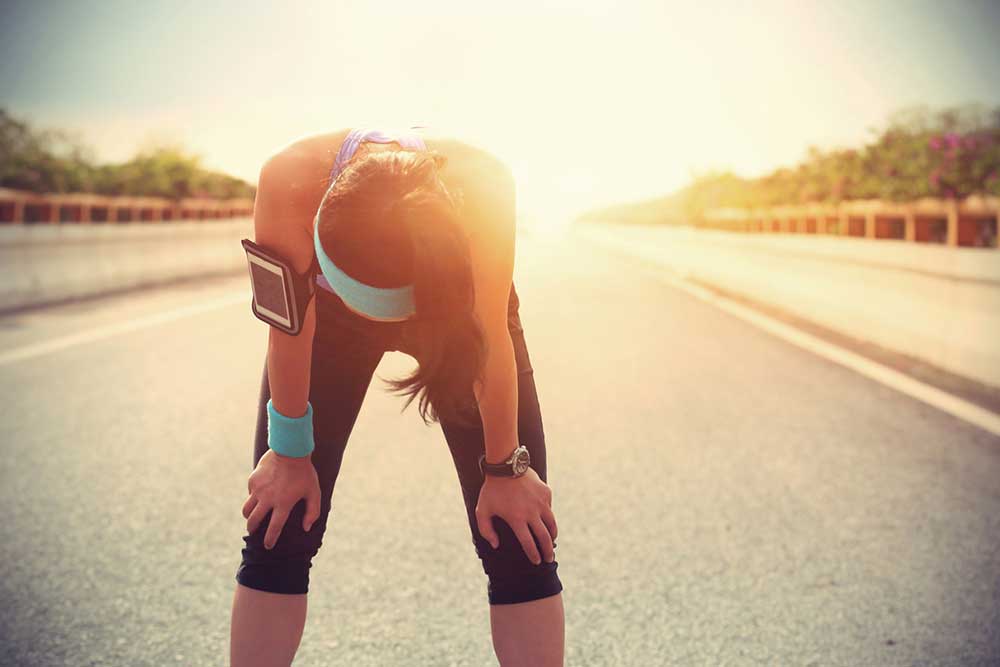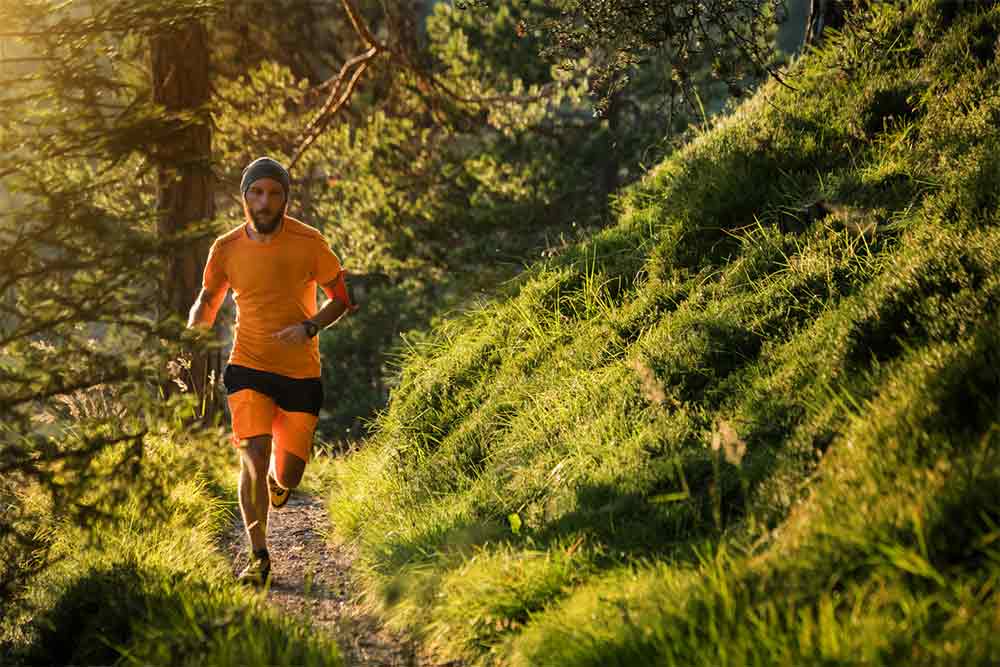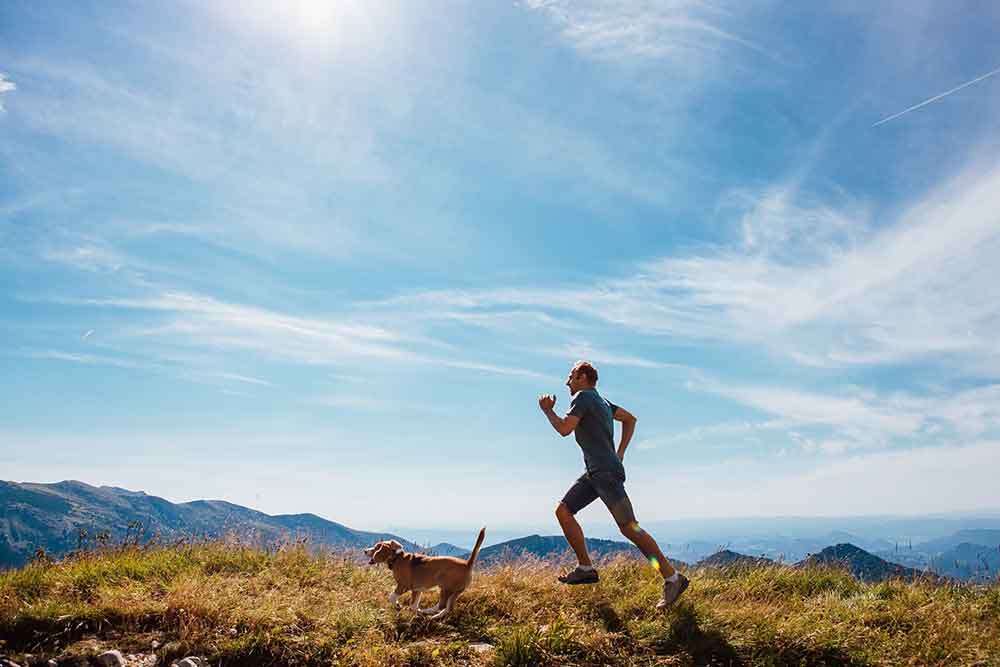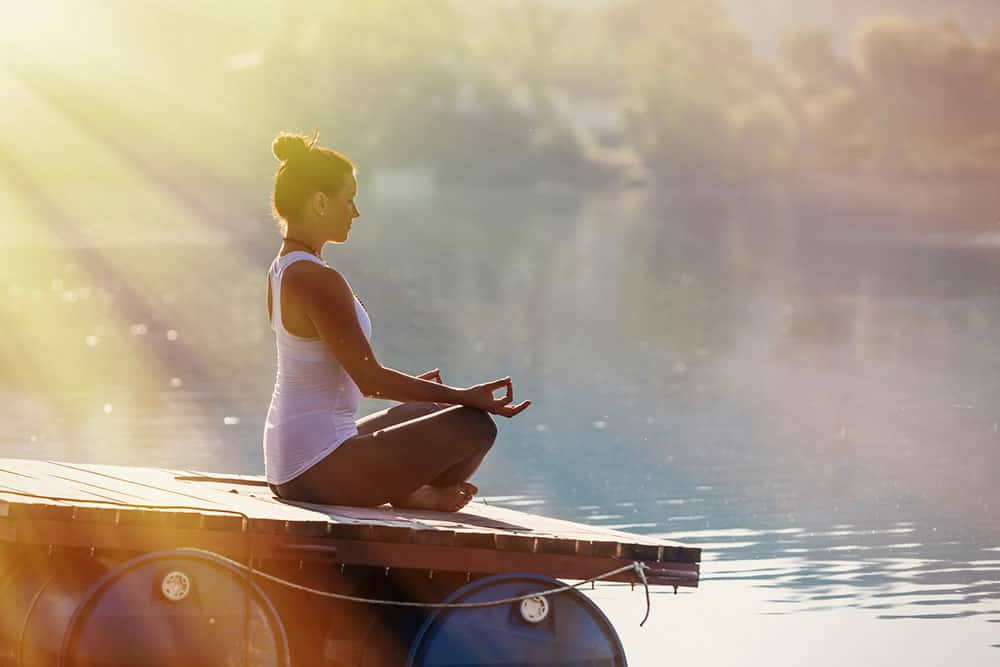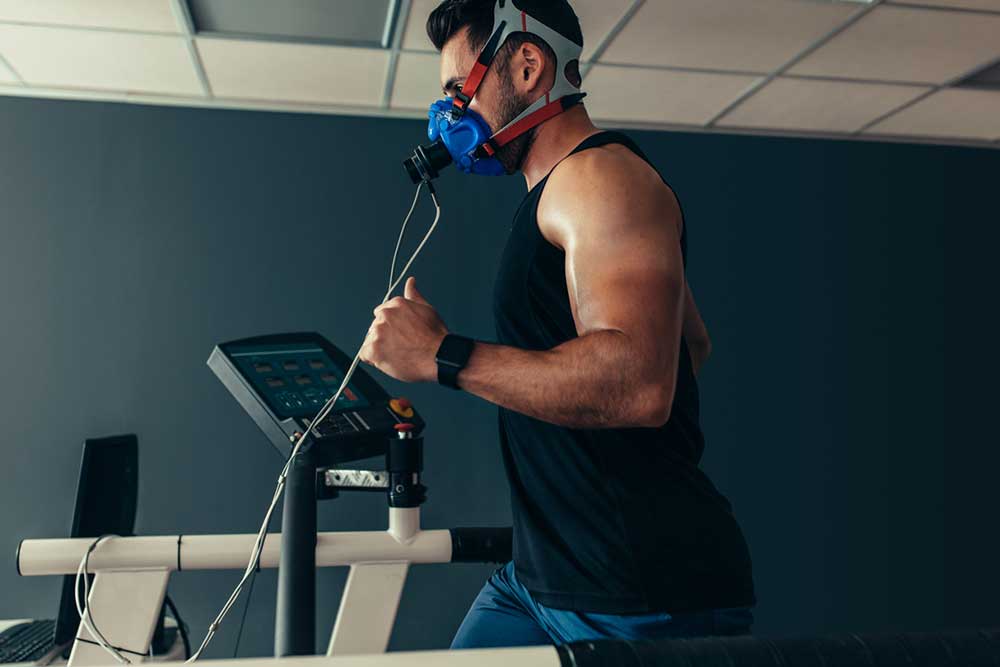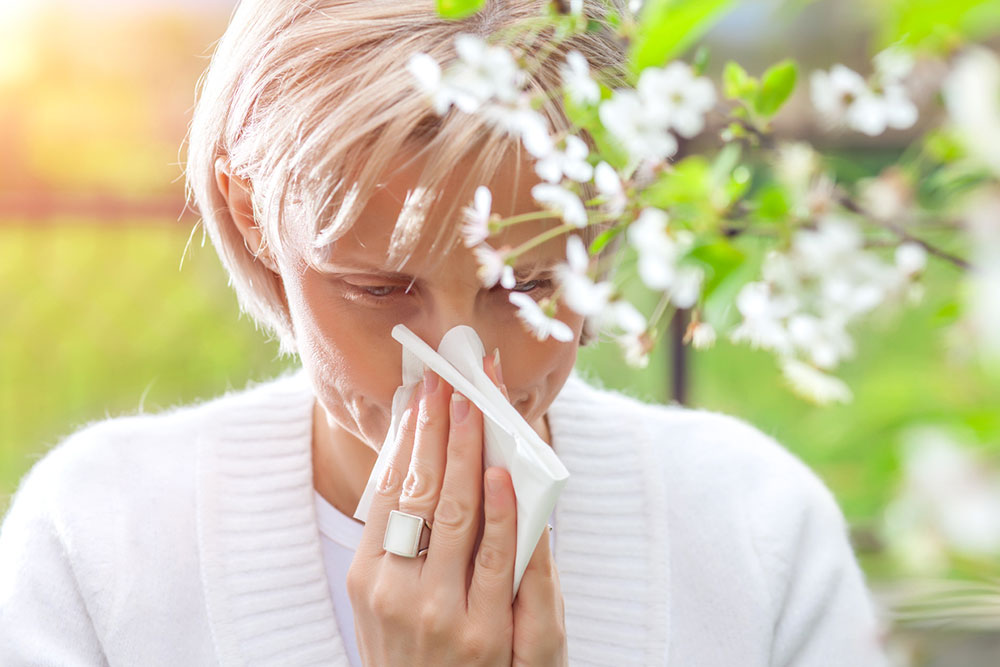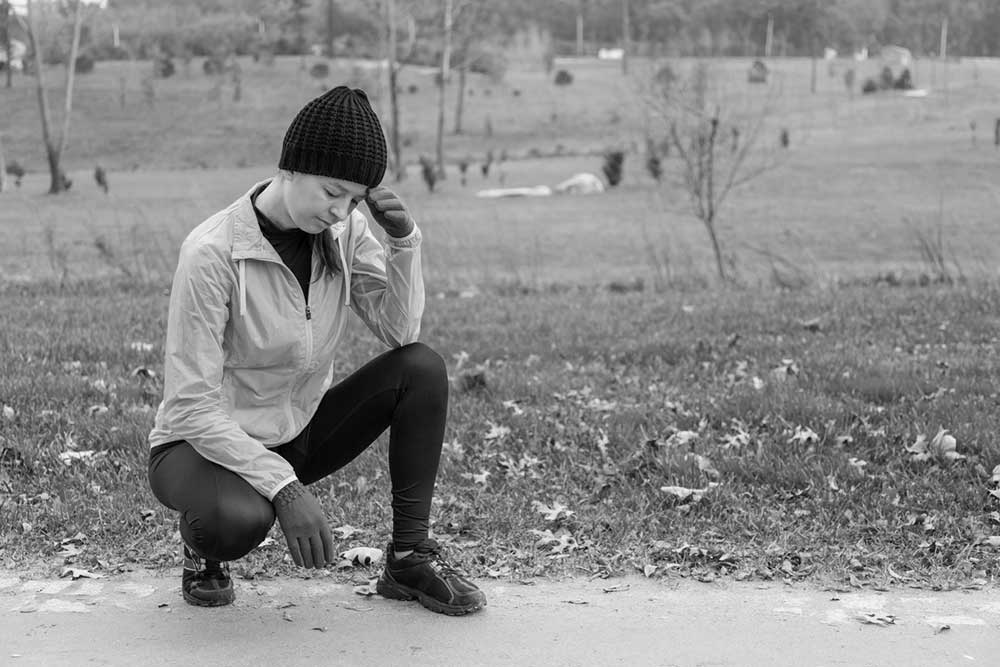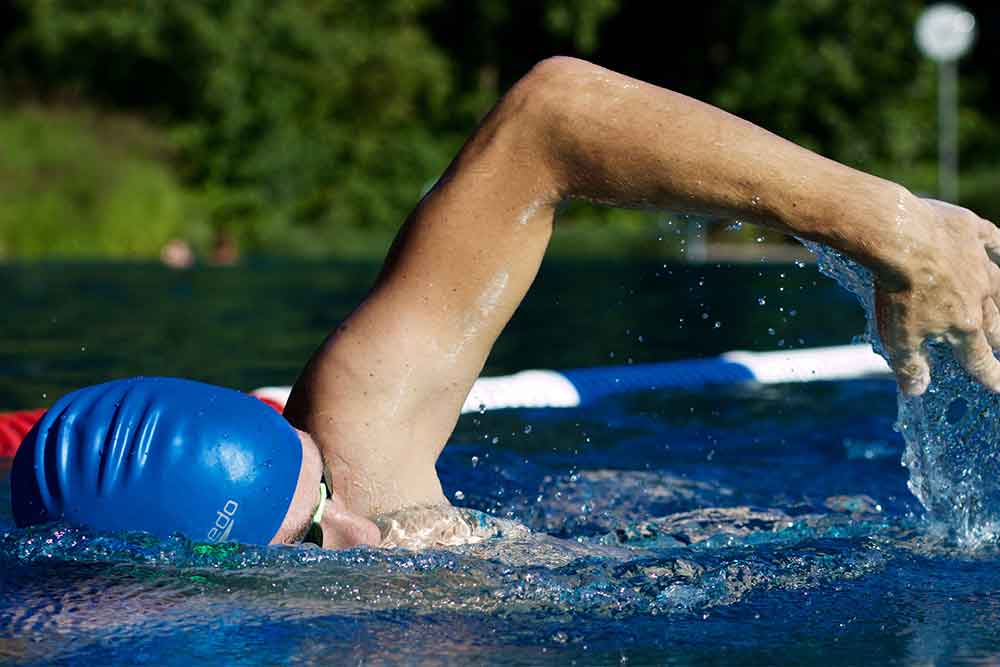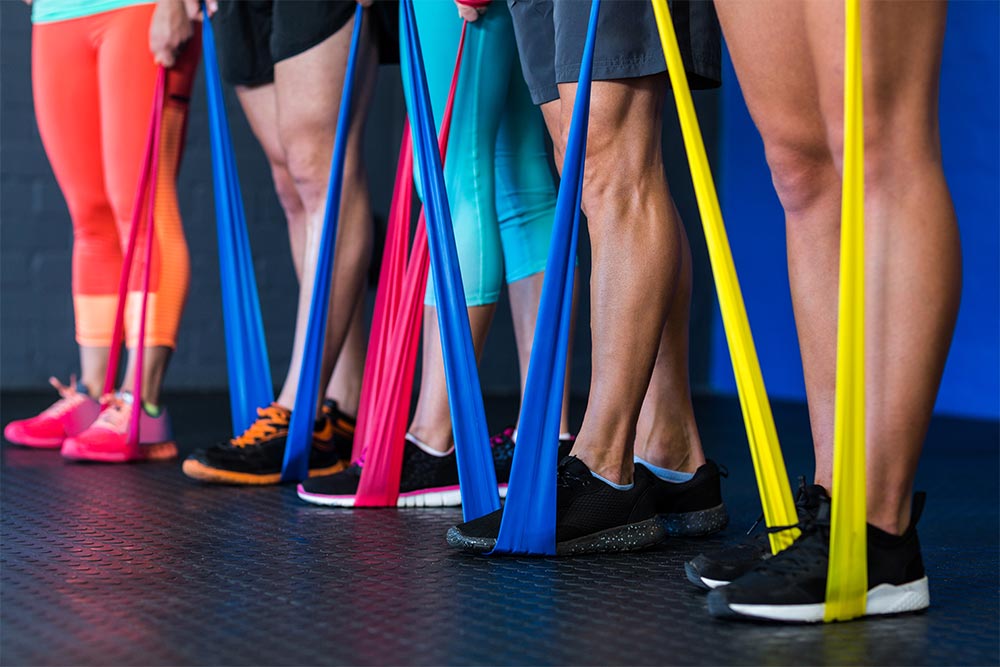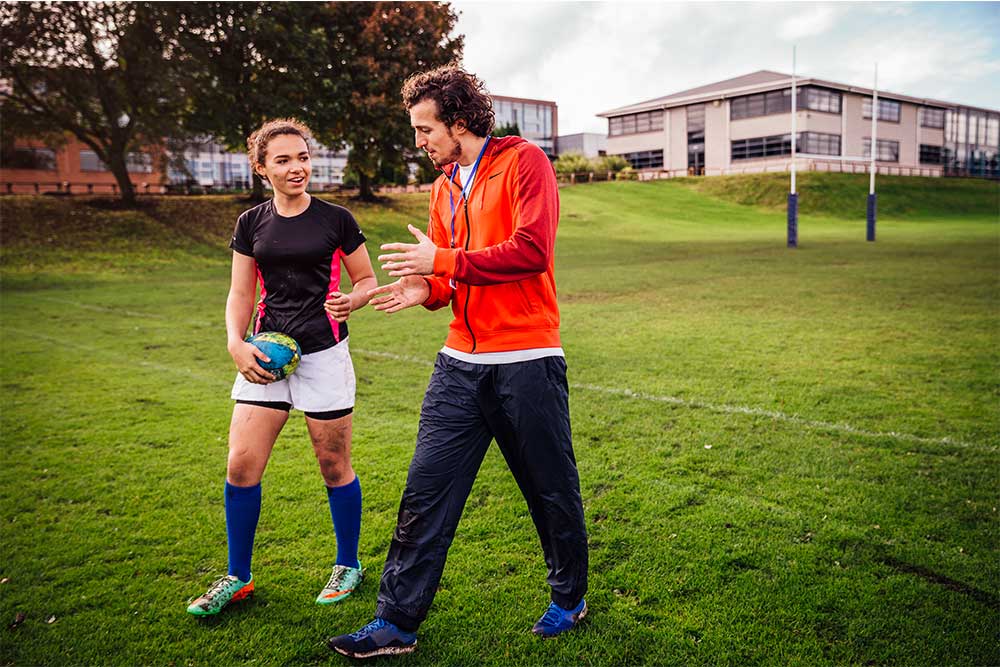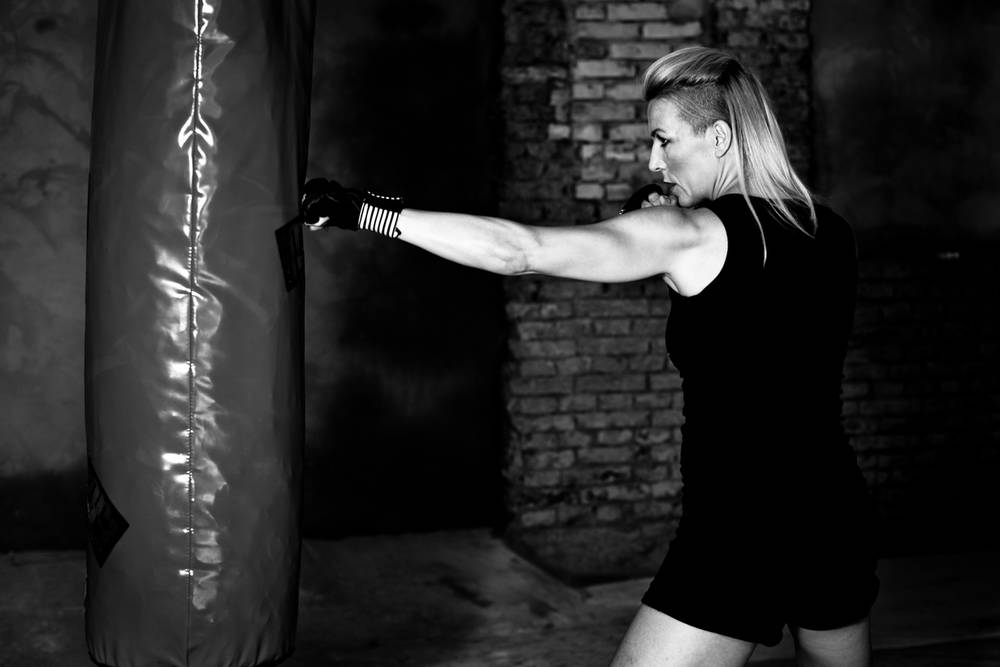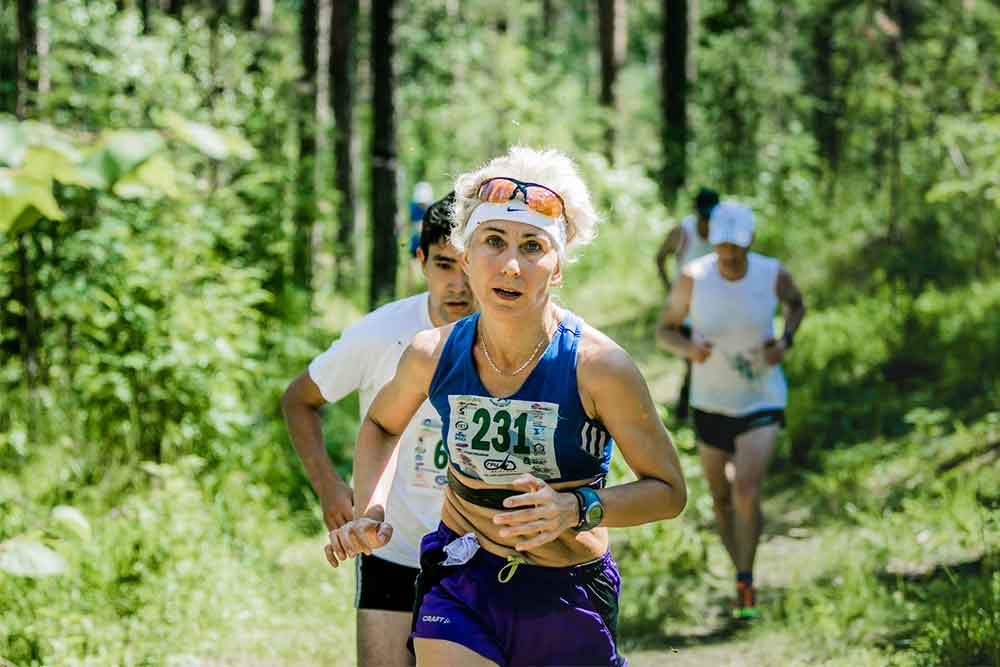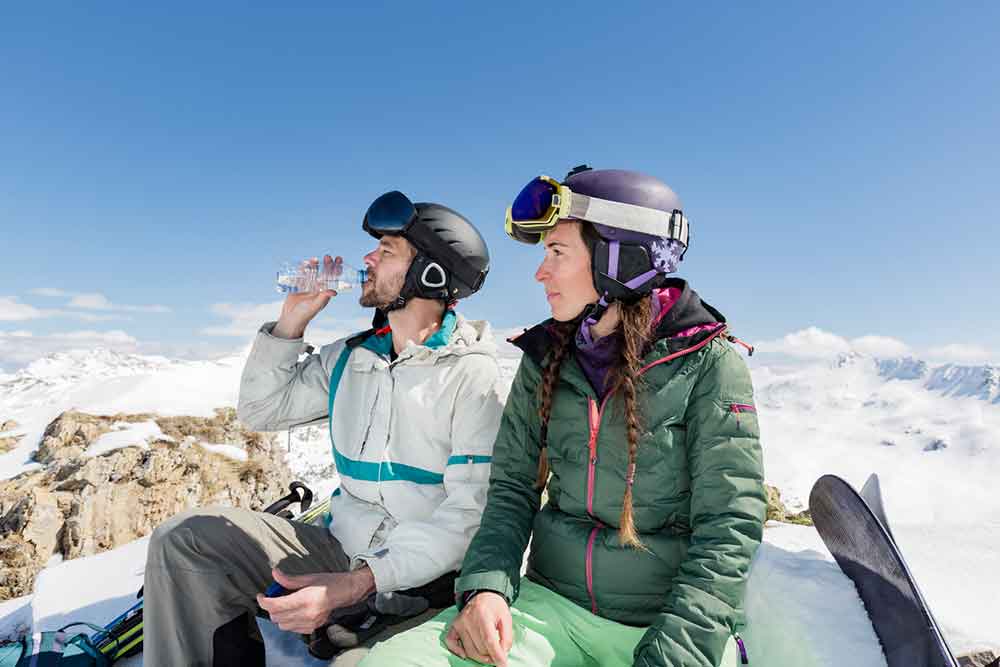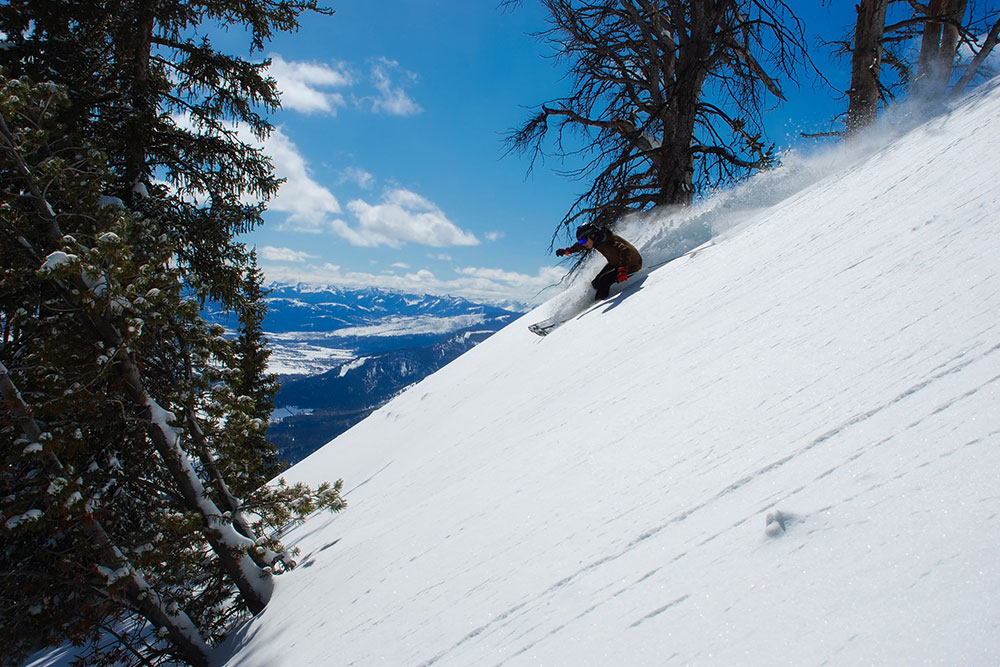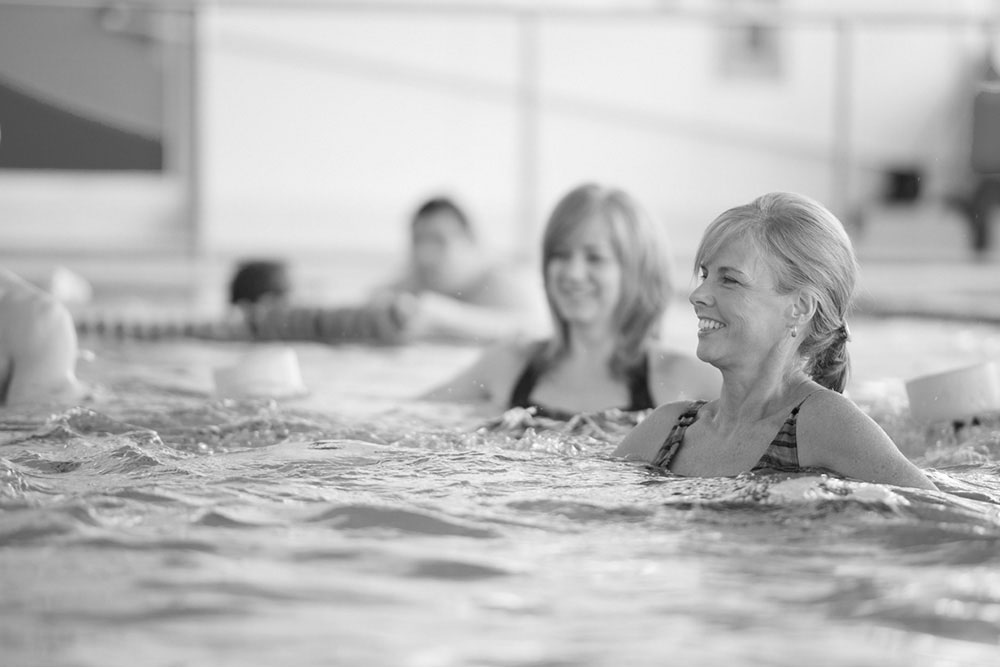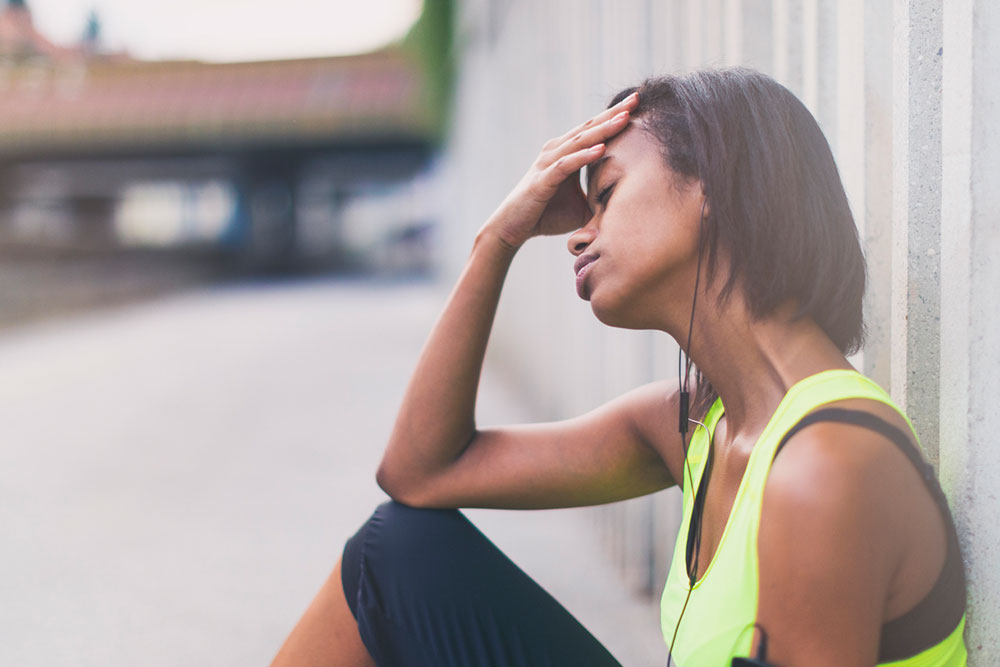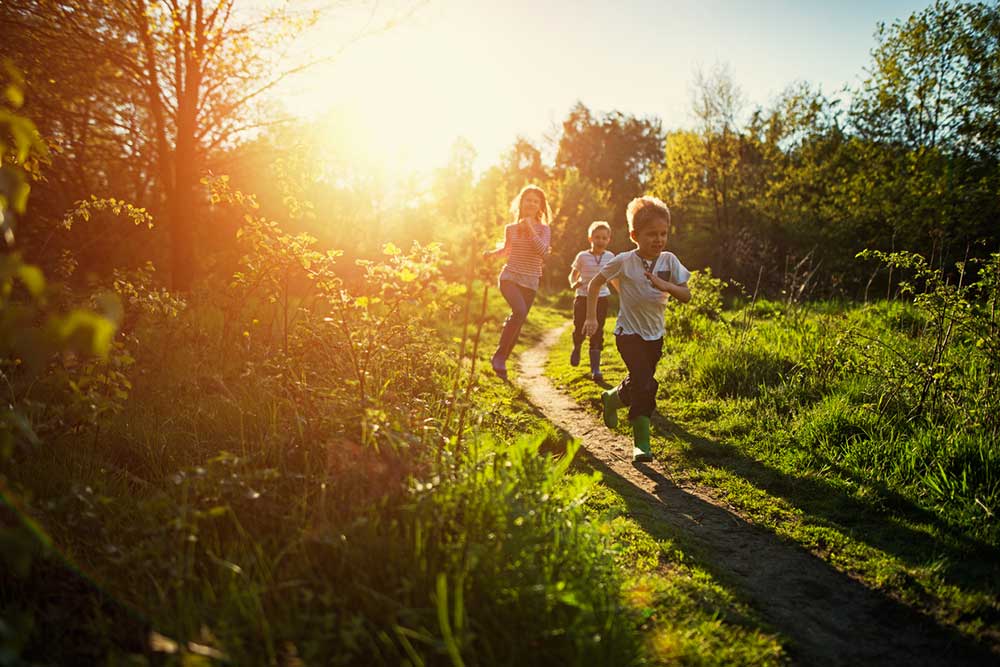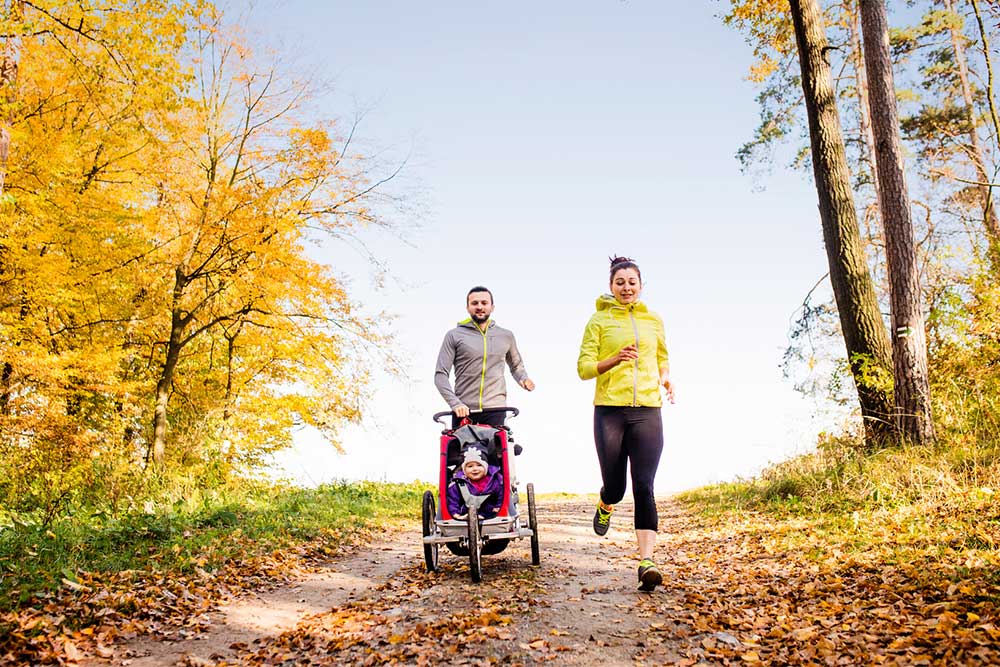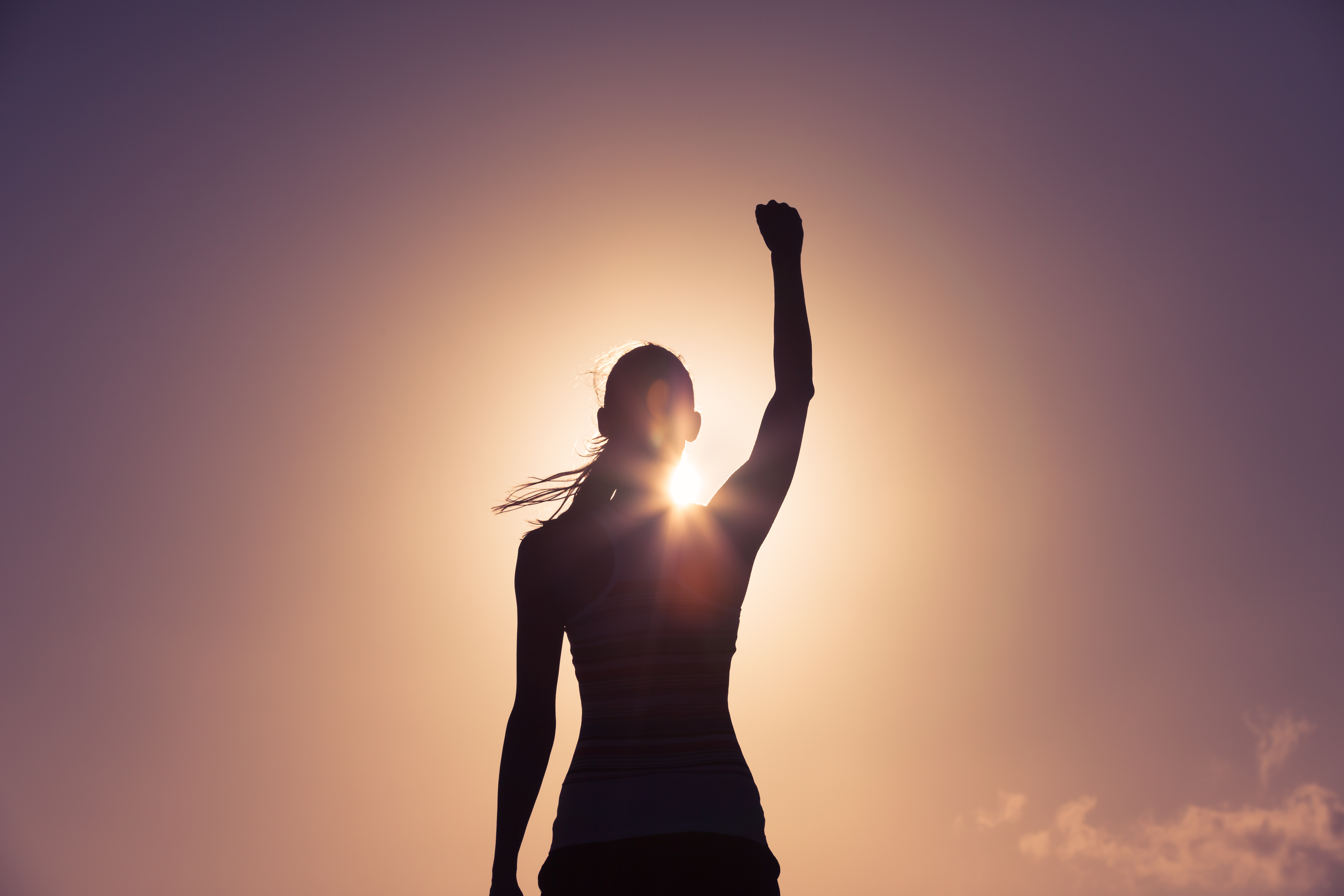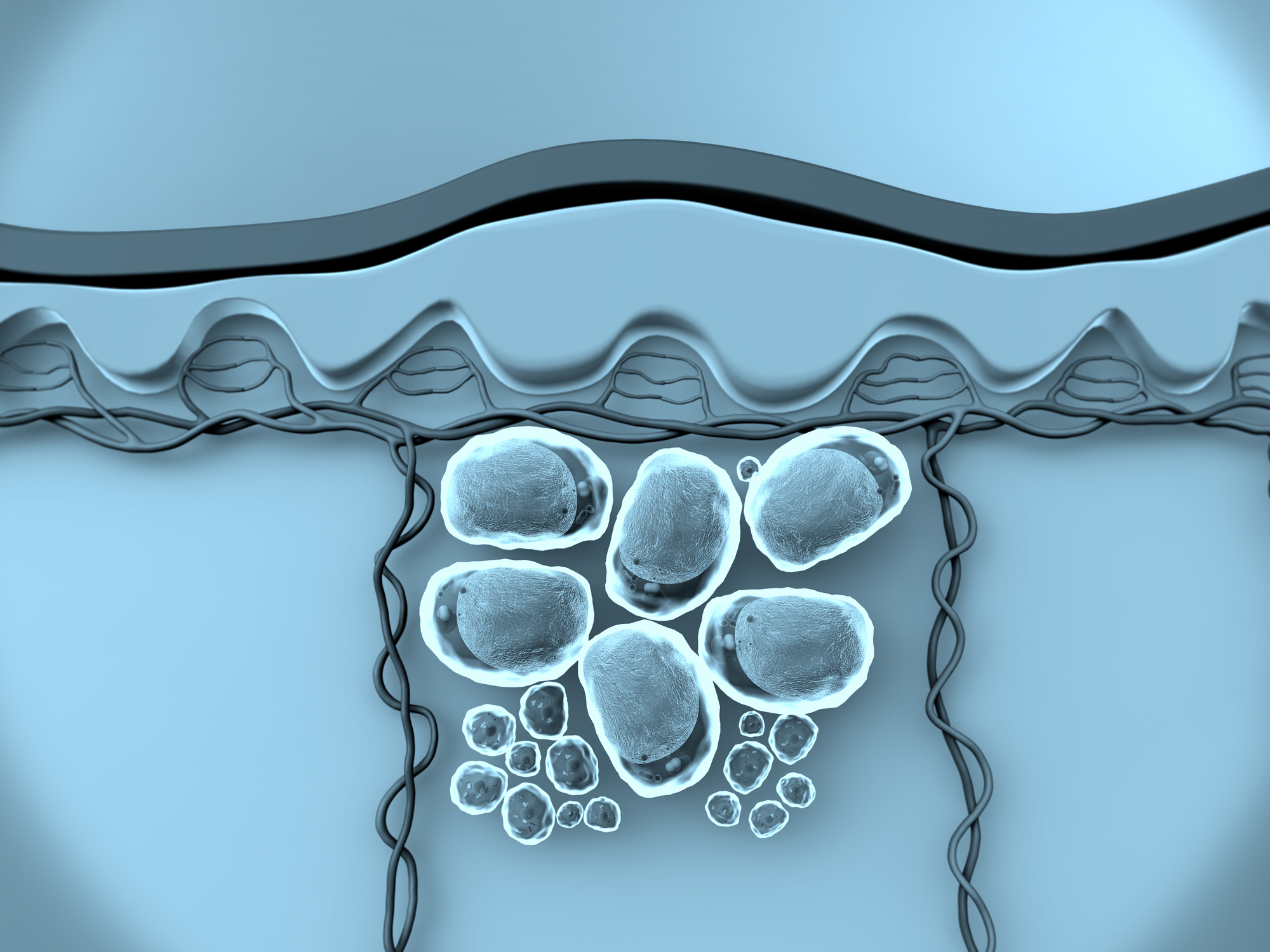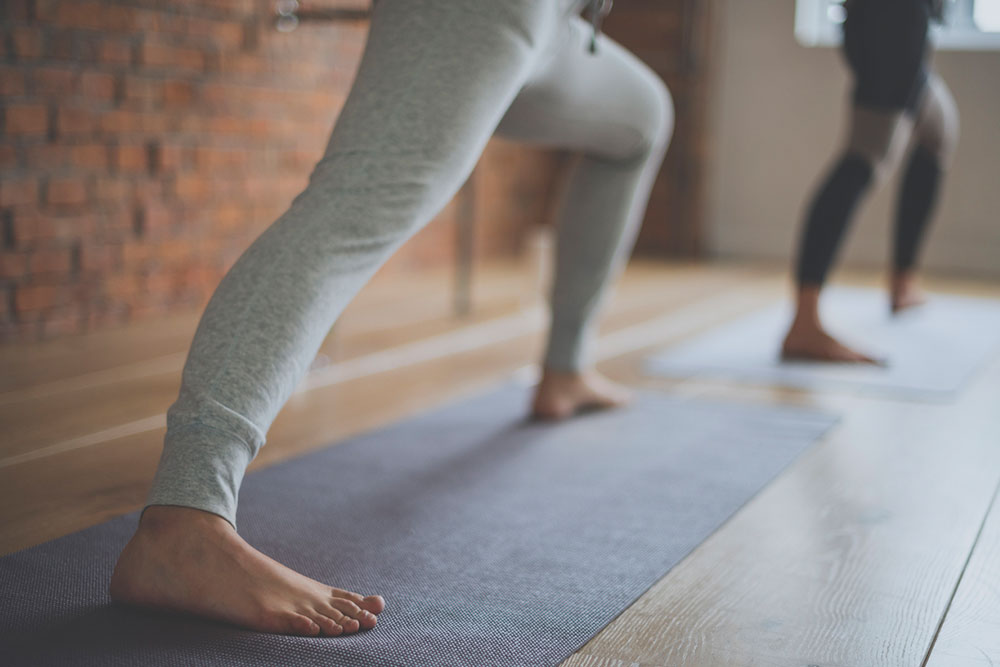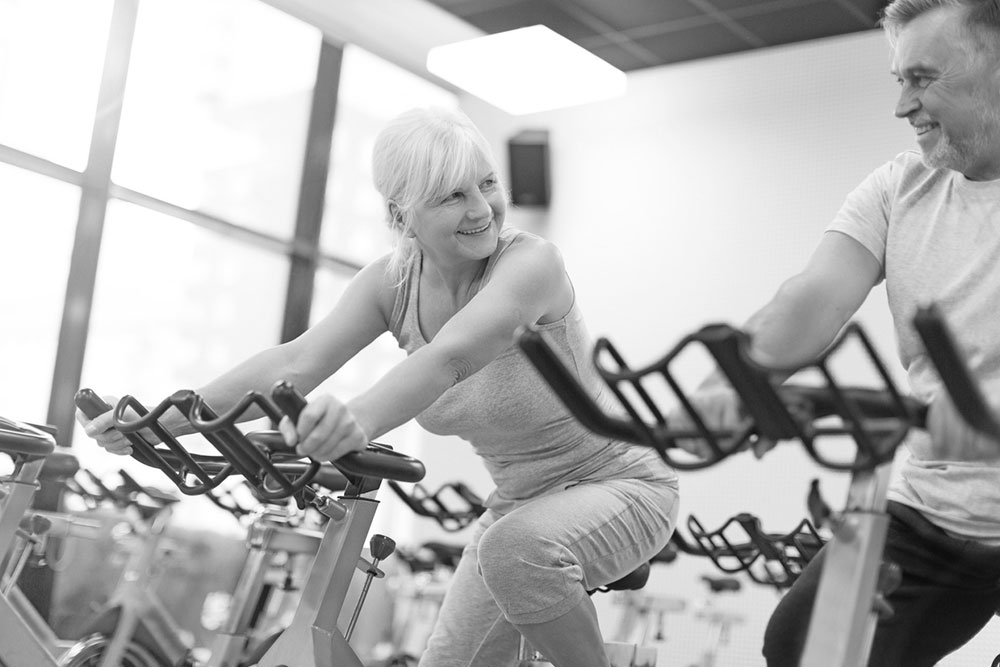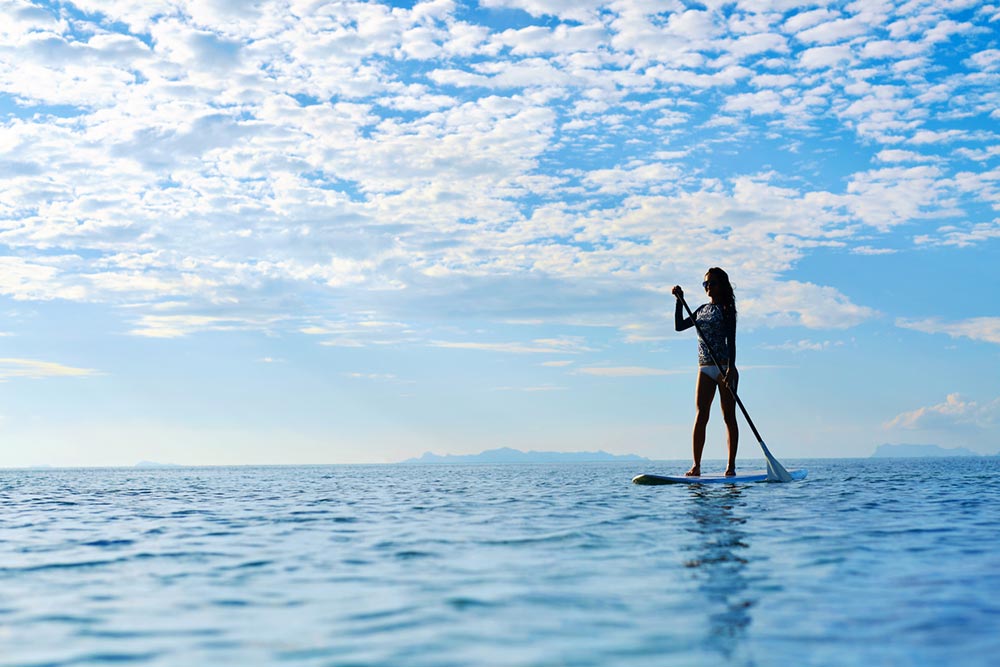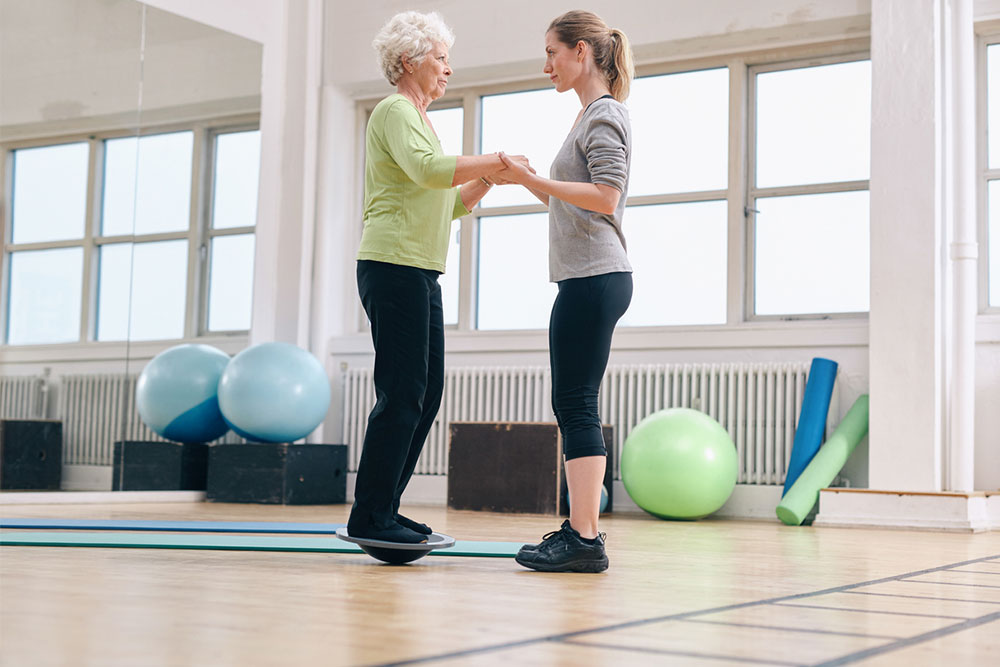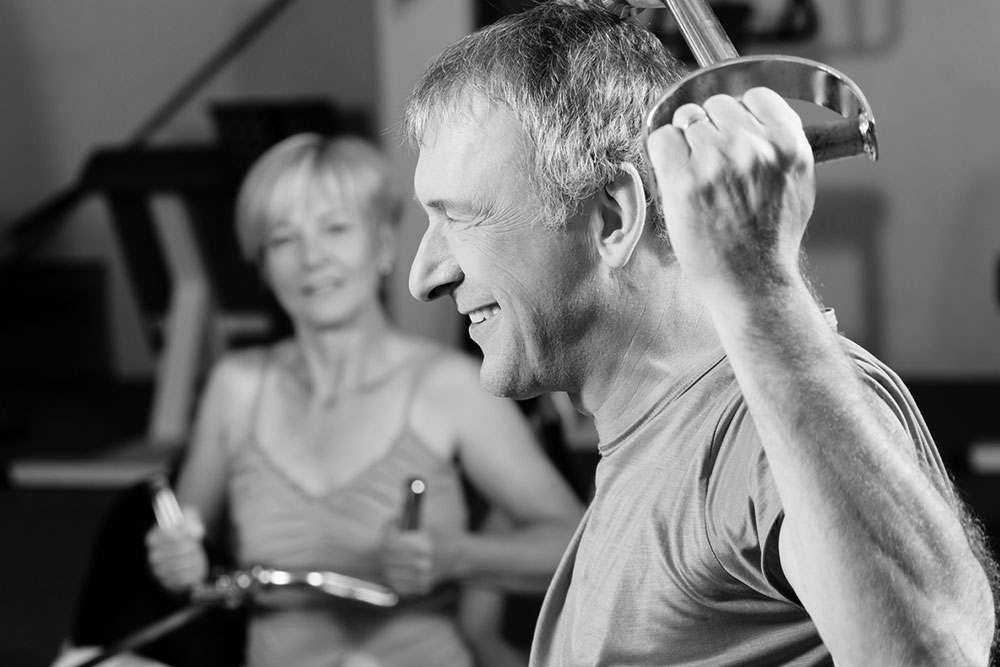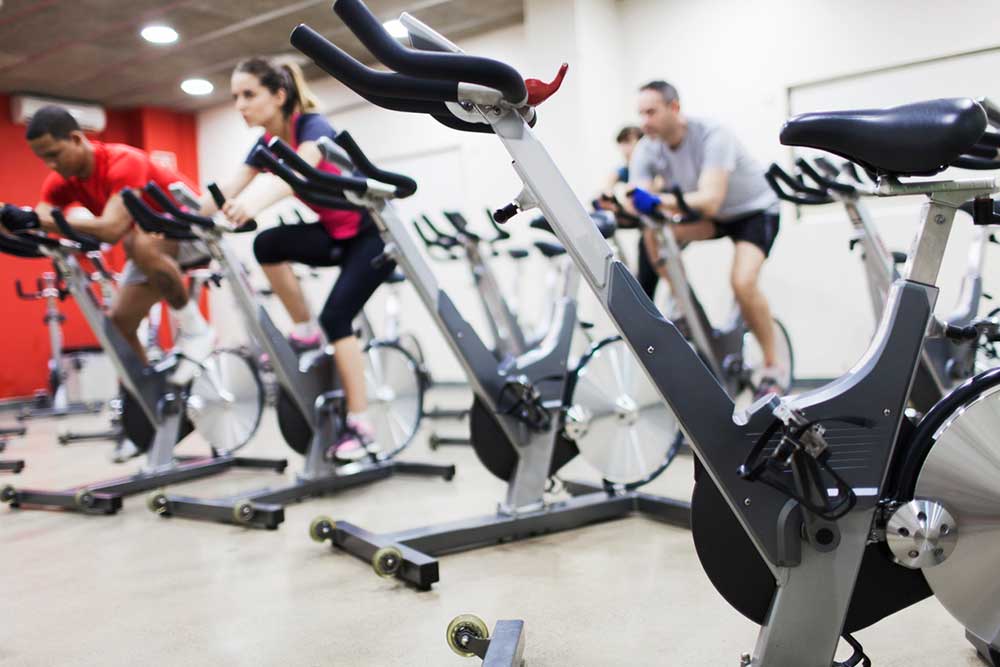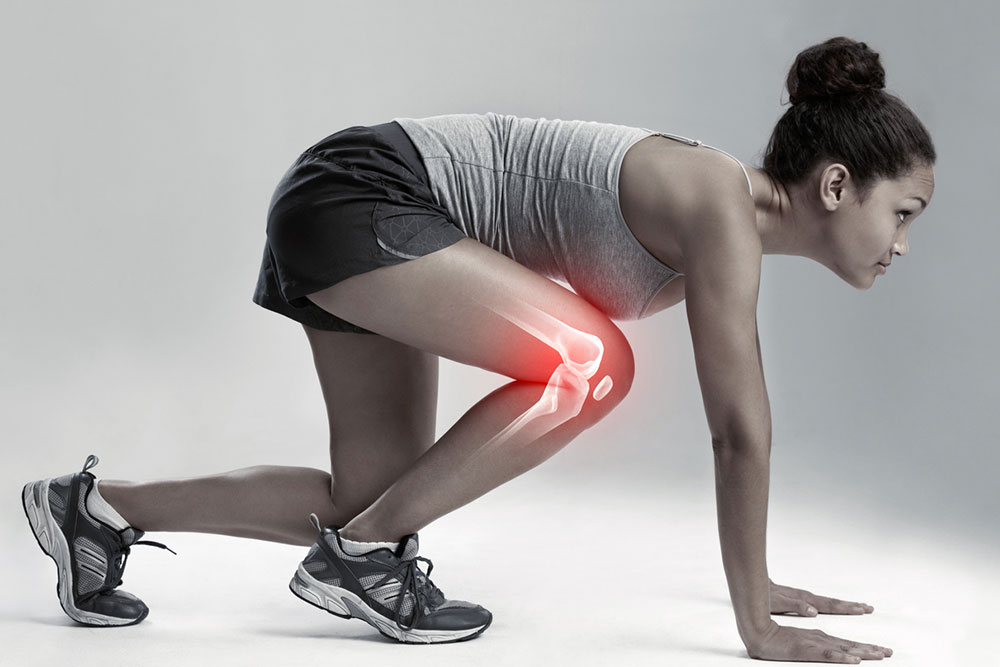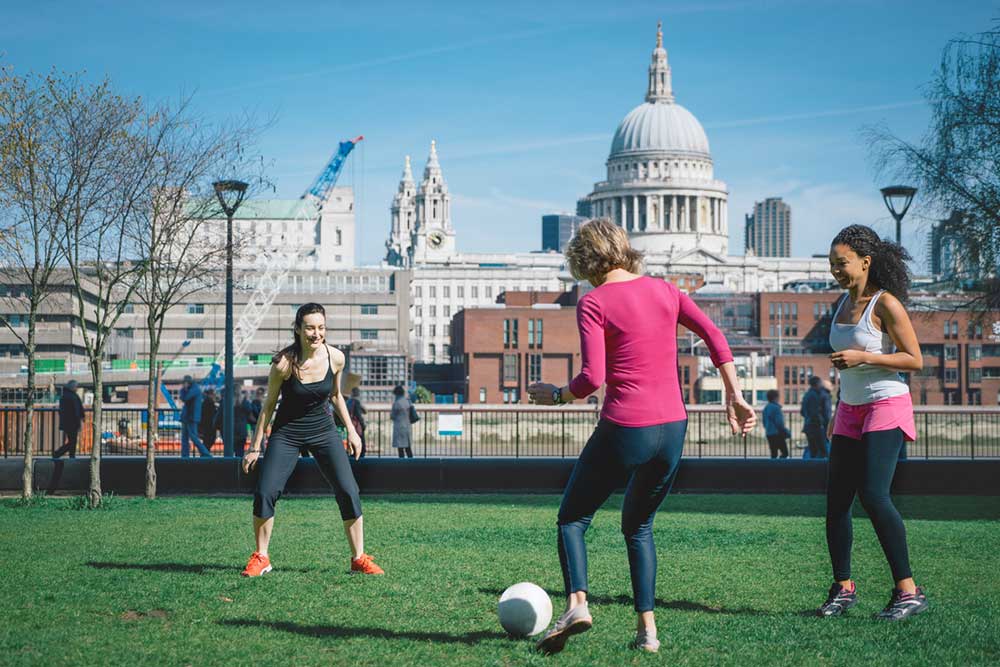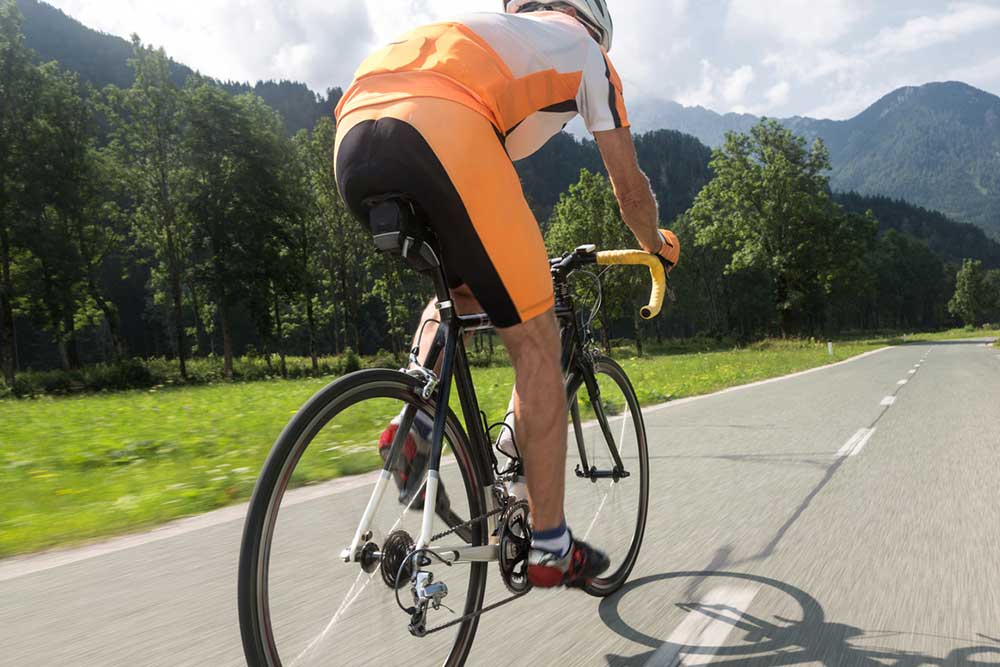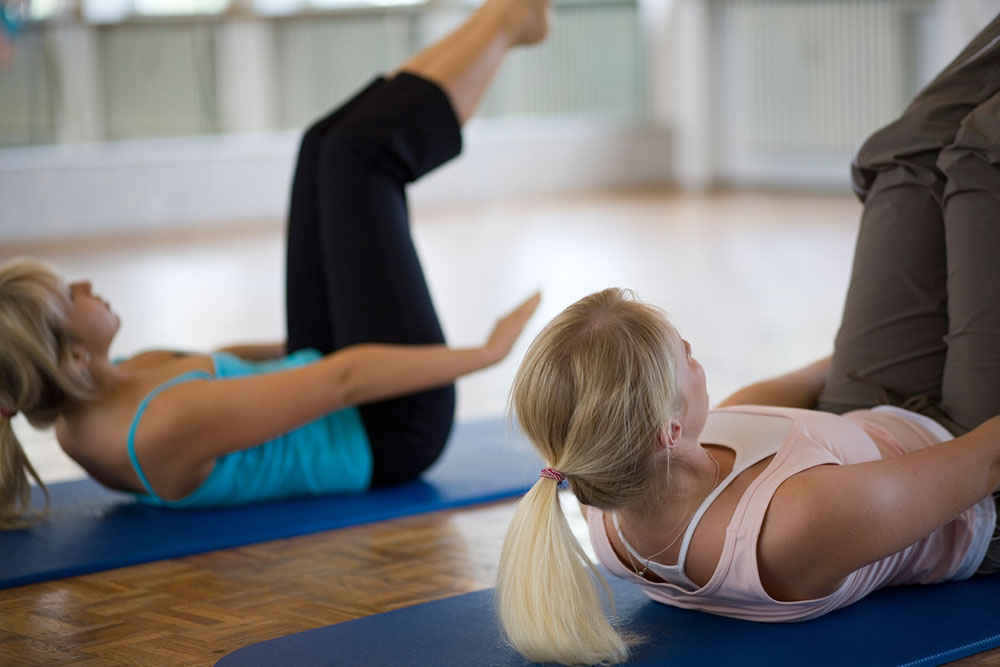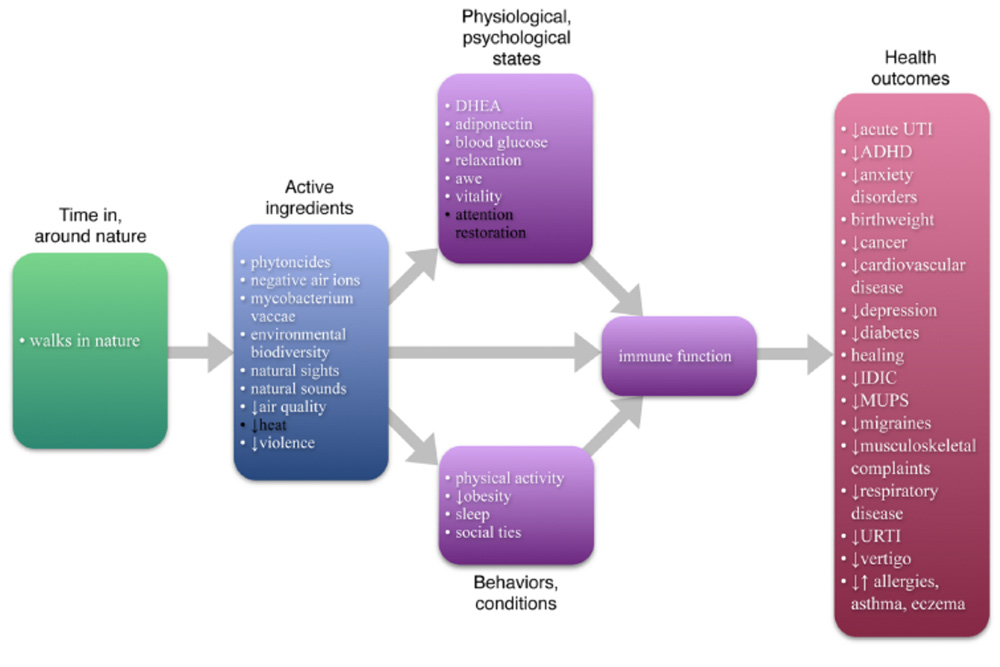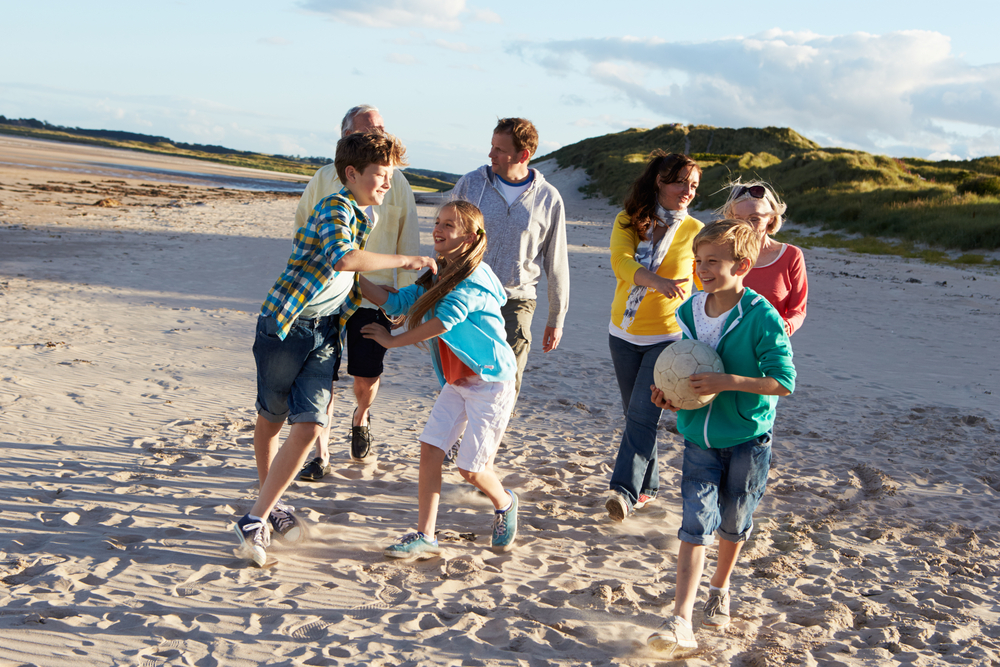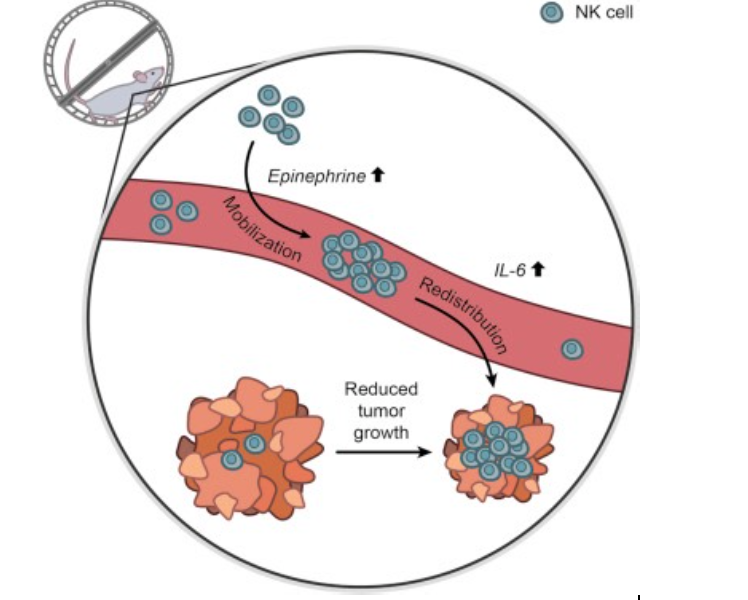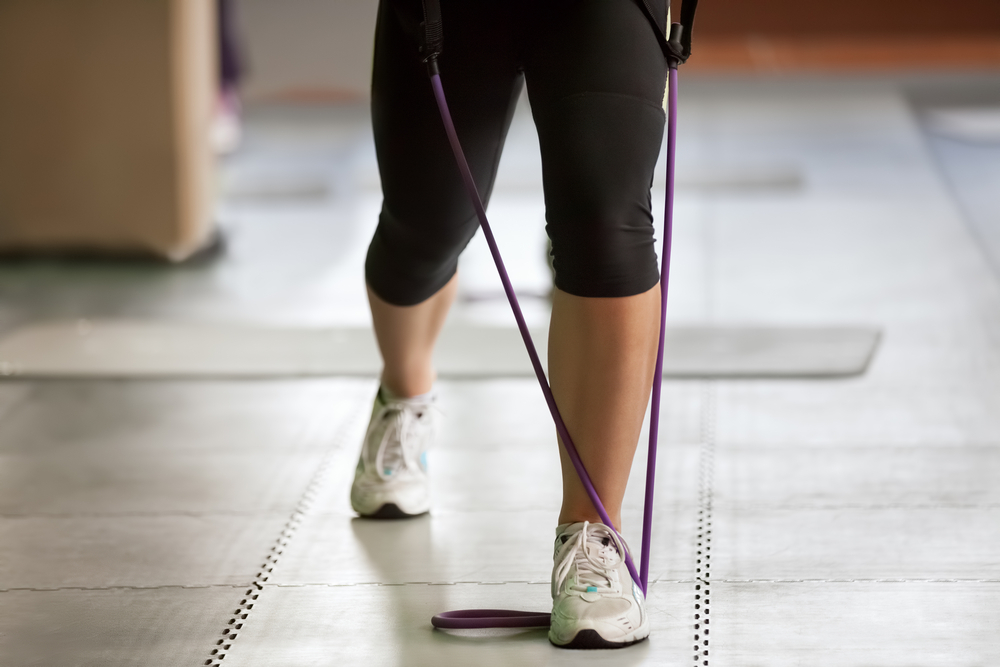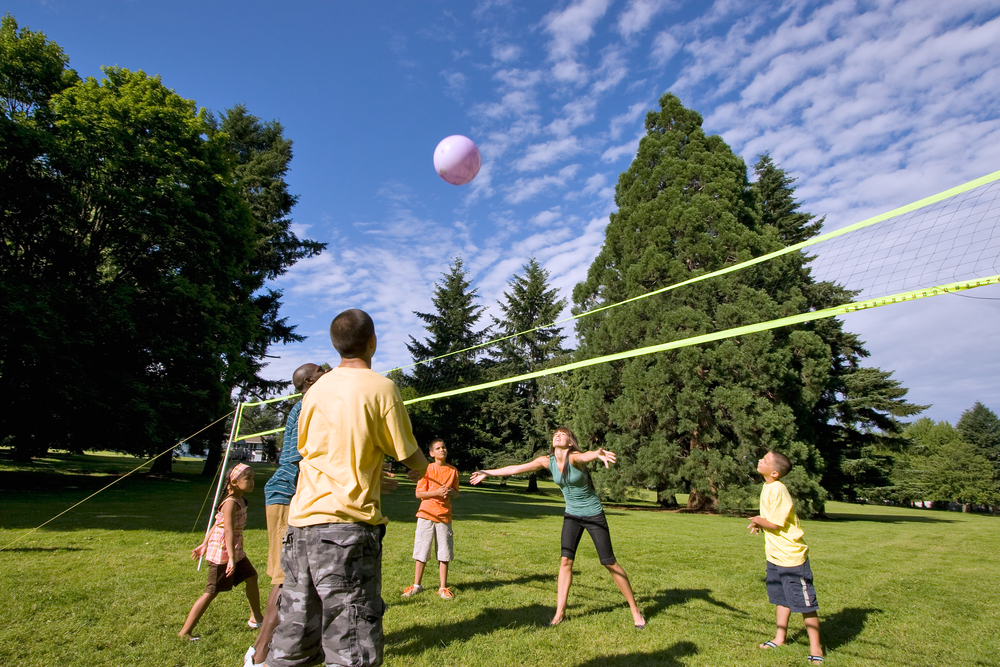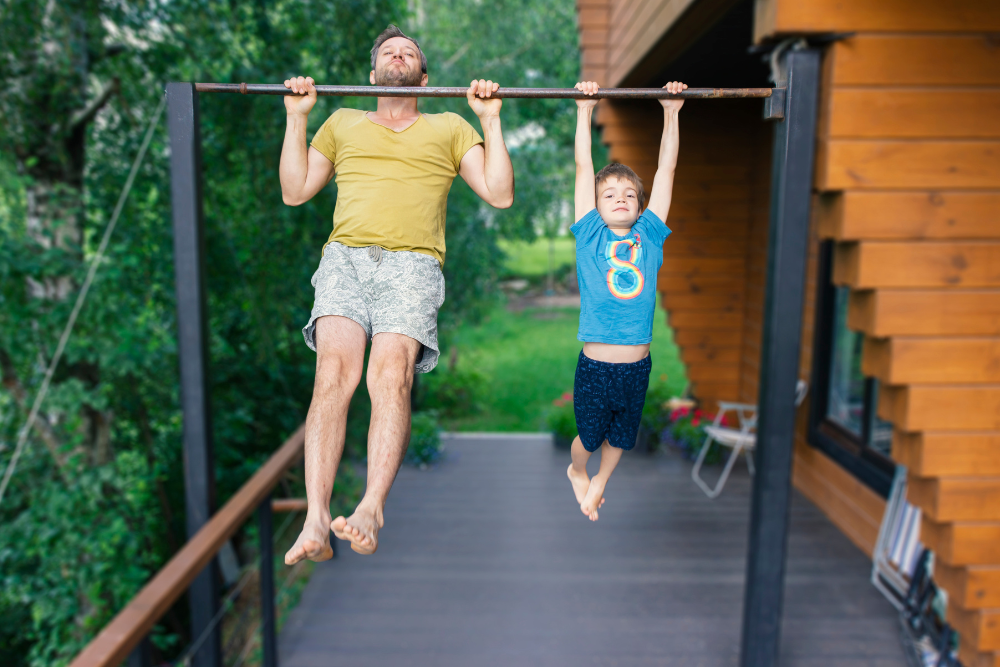Why people in “Blue Zones” Live longer
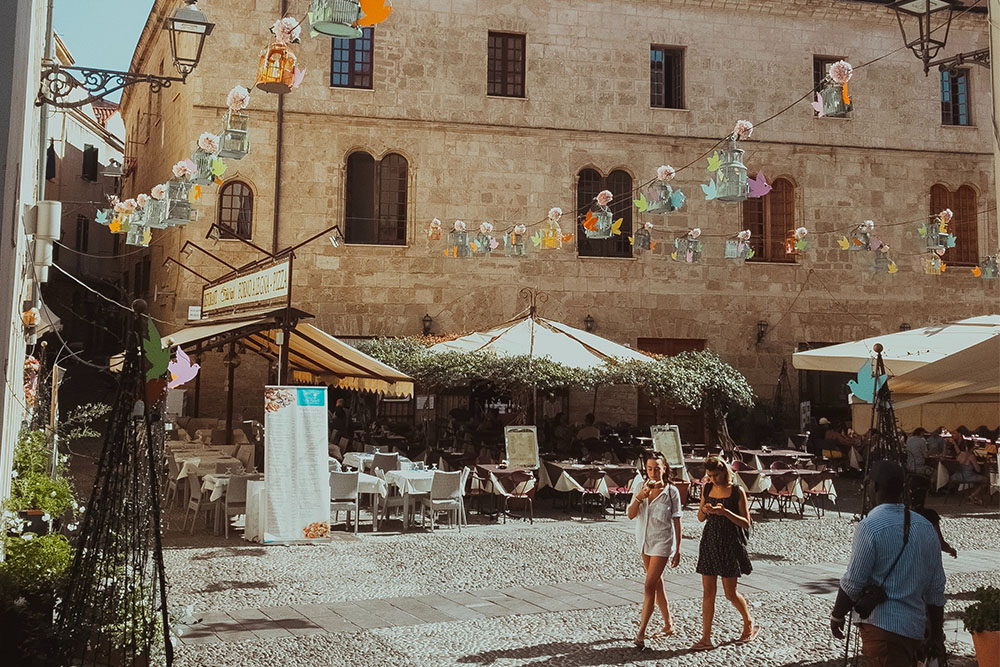
It is estimate that between 20 and 25% of your longevity is dictated by your genes – which means that more than 75% is dictated entirely by your lifestyle factors.
And while research has given you some insight into how you can alter your lifestyle to maximize your lifespan and mitigate the aging process, they are not there yet.
Which is why people are looking to “Blue Zones” for the answers.
What are ‘Blue Zones’ and where are they?
In short, blue zones are specific regions of the world where people tend to live much longer than average (Buettner, 2016).
To date, there has been five distinct areas that have been identified as blue zones:
- Loma Linda, in Canada
- Nicoya, in Costa Rica
- Sardinia, in Italy
- Ikaria, in Greece
- Okinawa, in Japan
By analyzing epidemiological data, statistics, birth certificates, and a host of other research in great detail, these specific areas were dubbed Blue Zones – where the people living there are ten times more likely to reach 100 years of age than in the United States.
No, that is not a typo – ten times more likely.
Blue zones and the longevity connection
Once these blue zones were identified, they become a serious area of interest amongst researchers across the globe. In fact, scientists from all walks of life worked extremely hard to identify the lifestyle characteristics that could explain their abnormally long lifespans (Hitchcott, 2018; Doolittle, 2020).
And the results were interesting to say the least.
Exercise habits
Given the apparent benefits of structured exercise programs on health and longevity in the western world, it would be logical to assume that people who live in blue zones would be exercise addicts – but this does not appear to be the case.
It looks as if the oldest individuals within these blue zones do not lift weights, perform interval training, or even join gyms.
Instead, they live in environments that force physical activity.
As part of their normal day, they are out in the garden growing the vegetables that will feed their families. They wash their clothes by hand, and fix things around the house when needed. Moreover, they tend to rely on human powered means of transportation such as walking and cycling, rather than cars and buses.
All of which means they are moving for most of the day – which is in stark contrast to most of us.
Nutrition habits
When it comes to food, this one is slightly more in line with what we would expect – albeit maybe a little more restrictive.
Most people who live in blue zones eat a very plant based diet. They eat beans and nuts daily, consume mostly whole grains and avoid unprocessed wheat. They only consume meat 3-5 times per month, very rarely eat eggs, and almost never eat fish.
Interestingly, they do tend to drink a fair amount of tea (both black and white), keep their dairy intake to a minimum, only eat sourdough bread (and even then, only on the odd occasion), and consume almost no sugar.
Furthermore, many of them also consume red wine regularly – albeit in moderation. While this is something that is often recommended, I also want to highlight than many of the wines drunk in this area are produced using more traditional wine making practices. As a result, the wine is generally organic and ‘cleaner’, in which it contains less chemicals and more antioxidants.
As such, the type of wine is probably just as important as the amount.
Finally, they also seem to abide by the 80% rule, where they cease eating as soon as they are 80% full. This obviously stops overeating, while aligning with their conservative and sometimes sparse way of life.
All of which creates a diet that could be described as half vegetarian, half paleo, all healthy.
Related Article: Can Any Amount of Alcohol Be Part of a Clean Lifestyle?
Social connection
One key area where you might notice a marked difference between people who live in blue zones and people who live in more ‘urbanized’ areas of the world comes down to social connection.
See, people who live in blue zones rarely use social media. Instead, they prioritize real connections with other people from their community.
Firstly, they put their families first. They keep their aging parents and grandparents nearby, or even in the home with them. They strongly commit to a life partner and invest in an extremely large amount of time and love into their kids.
Secondly, many people within these areas belong to some sort of faith. The specific faith does not appear to matter, as long it brings a sense of purpose where like-minded people are working together for something that is bigger than themselves.
Finally, because of the strong sense of purpose and community that is apparent in these places, subsequent generations are born into social circles that support the same sense of community and the same social behaviors.
This reinforces the health of all involved by ensuring a reoccurring transition of healthy behaviors between generations.
Time to chill
It is well established that stress can increase inflammation, impede health, and negatively impact aging. However, one thing we should know about stress is that it is universal – which means even people in blue zones get stressed on occasion.
But they differentiate themselves from the rest of the world by implementing conscious practices to reduce stress.
People in Okinawa take a few minutes out of each day to sit quietly and remember their ancestors. Those from Ikaria take a short daily nap, while Sardinians partake in a happy hour every single day – and of course, a large majority also pray each and every day.
All of which present themselves as an act of mindfulness, reducing stress and improving mental health in the process.
Sleep
Insufficient amounts of sleep, or sleep that is of a poor quality, has been shown to increase inflammation, contribute to declines in physical and mental health, and negatively effect life expectancy.
It truly is one of the pillars of longevity – which is why it should come as no surprise that people in blue zones make it a priority (Legrand, 2019).
People who live in these blue zones mostly sleep in accordance with the rhythm of the day. In this manner, they tend to go to bed when it gets dark, and wake when it gets light, rather than sticking to a strict regime.
They also get somewhere between an average of 8.5 and 9 hours of sleep per night, with many taking a short 20 minute nap during the hottest part of the day. This is important, because people who have long daily naps (greater than 30 minutes) have been shown to have worse health than those who have no naps at all.
This would suggest that striving for 8-9 hours of sleep per night, and allowing yourself a short 20 minute nap in the middle of the day, could be a great way to boost health and longevity.
Related Article: 5 Benefits of Sleeping Naked: The Scientific Facts
Purpose
Finally, people who live in blue zones appear to have a profound sense of purpose.
It may be the Okinawans who describe it best, but it is a common theme across all the blue zones. They personally call it “Ikigai” which loosely translates to “why I wake up in the morning.”
They make a conscious effort to find their purpose in life. Every day becomes filled with meaning because they truly believe that they are doing exactly what it is they are meant to do. There is no doubt, no concern, or no distress – only purpose.
Believe it or not, this belief of having a known purpose is thought to add up to seven entire years to your life, making it one of the most important parts of slowing the aging process.
Take Home Message
Blue zones describe regions of the world where people tend to live much longer than average.
While it is unrealistic to think that you could embody every part of their lifestyle, there are certainly some things you can take on board to improve your physical and mental wellbeing, increasing your longevity in the process.
References
Buettner, Dan, and Sam Skemp. “Blue zones: lessons from the world’s longest lived.” American journal of lifestyle medicine 10.5 (2016): 318-321.
Hitchcott, Paul Kenneth, Maria Chiara Fastame, and Maria Pietronilla Penna. “More to Blue Zones than long life: positive psychological characteristics.” Health, Risk & Society 20.3-4 (2018): 163-181.
Doolittle, Benjamin R. “The Blue Zones as a Model for Physician Well-Being.” The American journal of medicine 133.6 (2020): 653-654.
Legrand, Romain, et al. “Assessment of the Health Status of the Oldest Olds Living on the Greek Island of Ikaria: A Population Based-Study in a Blue Zone.” Current Gerontology and Geriatrics Research 2019 (2019).
You Might Like:


